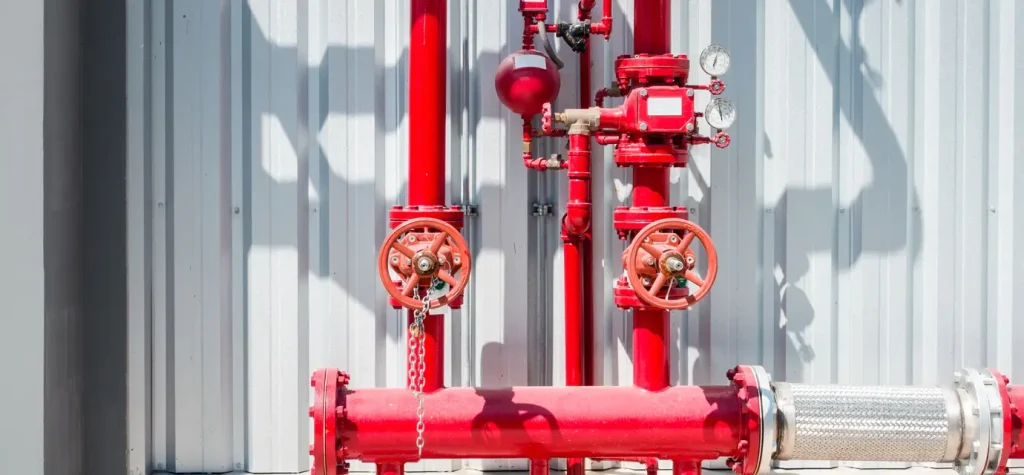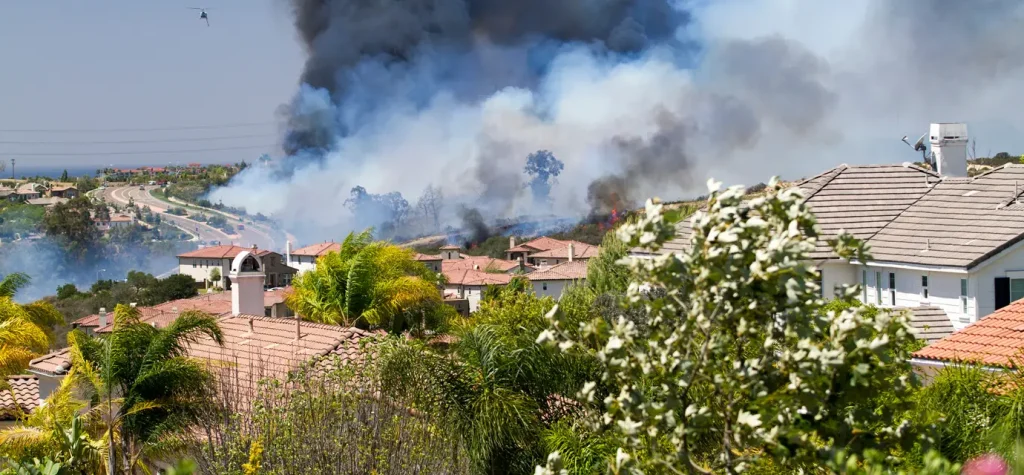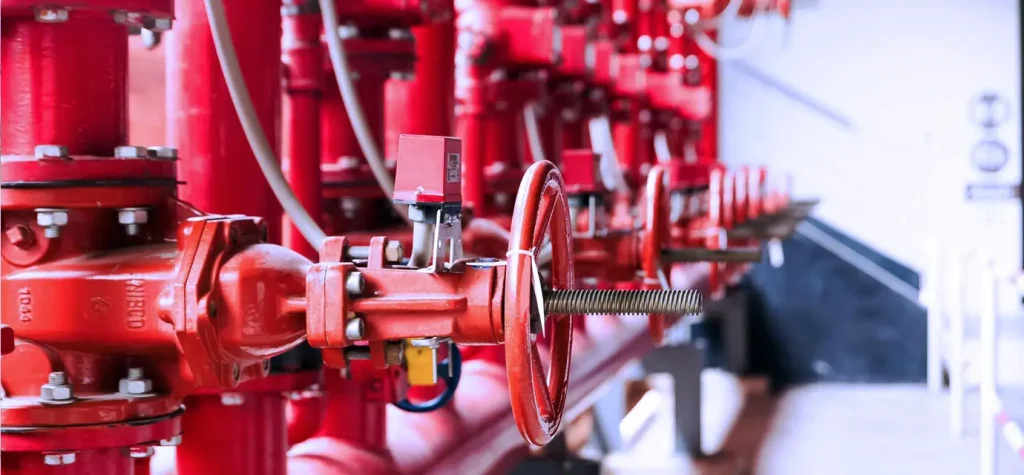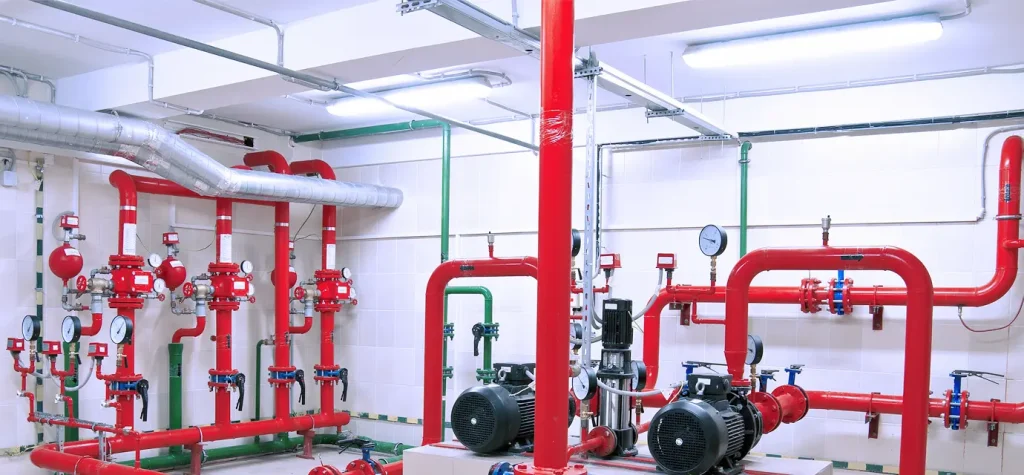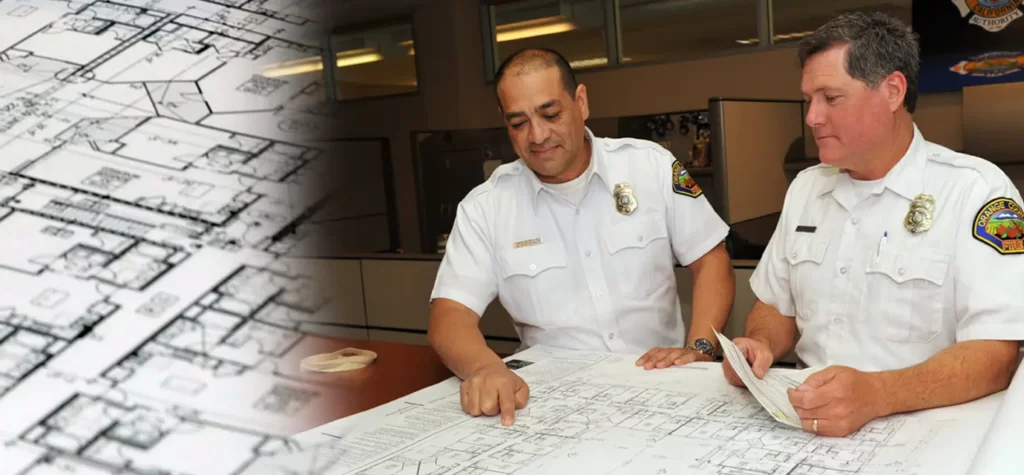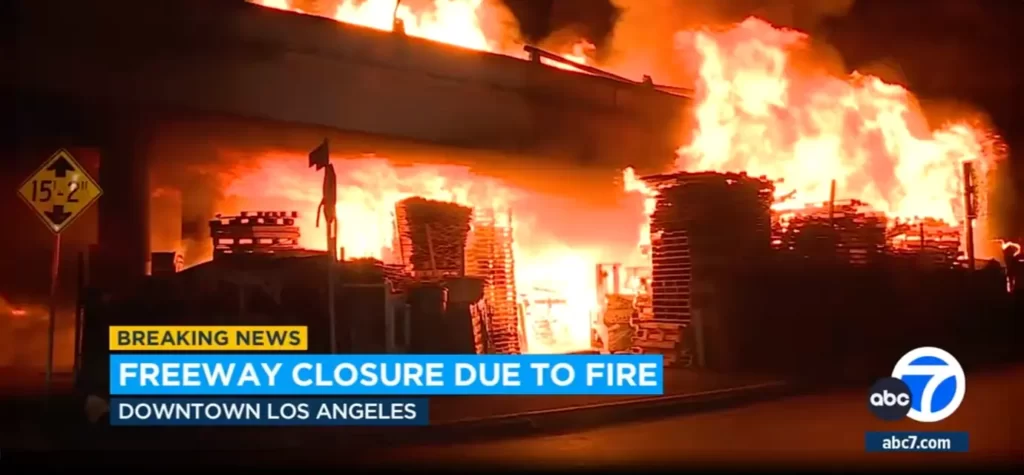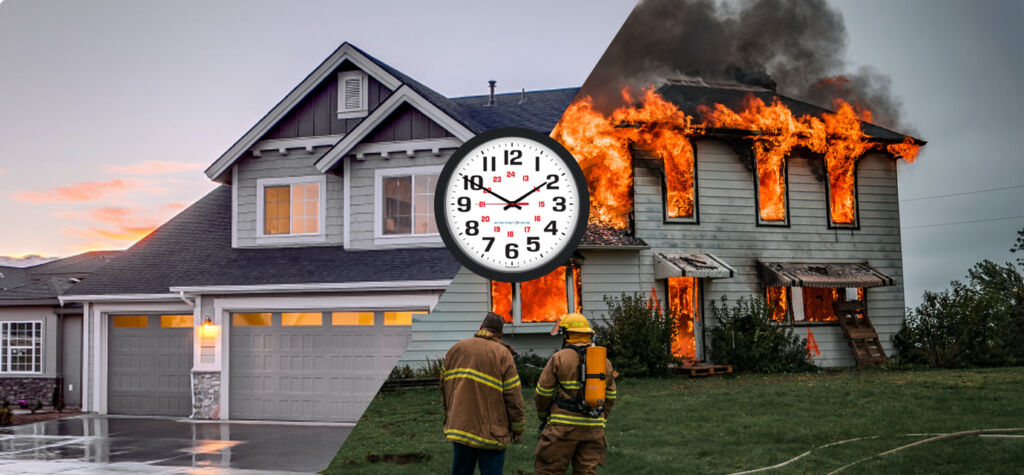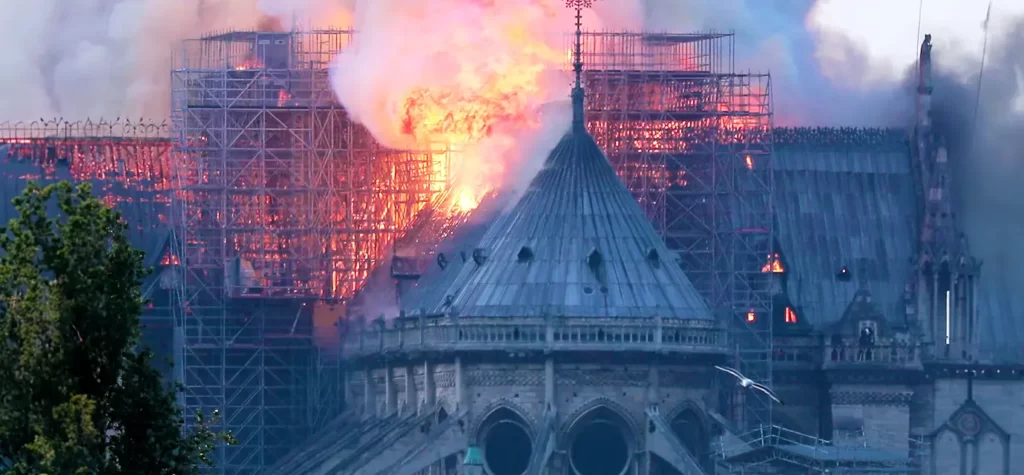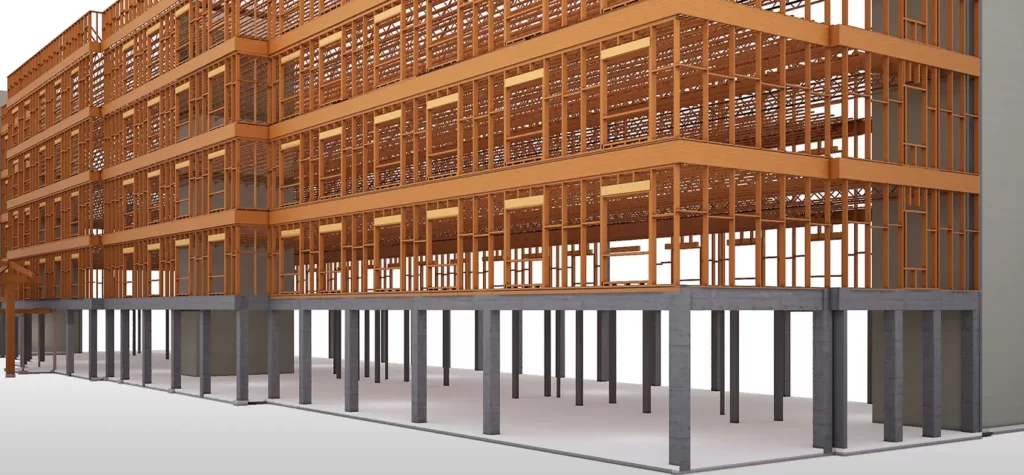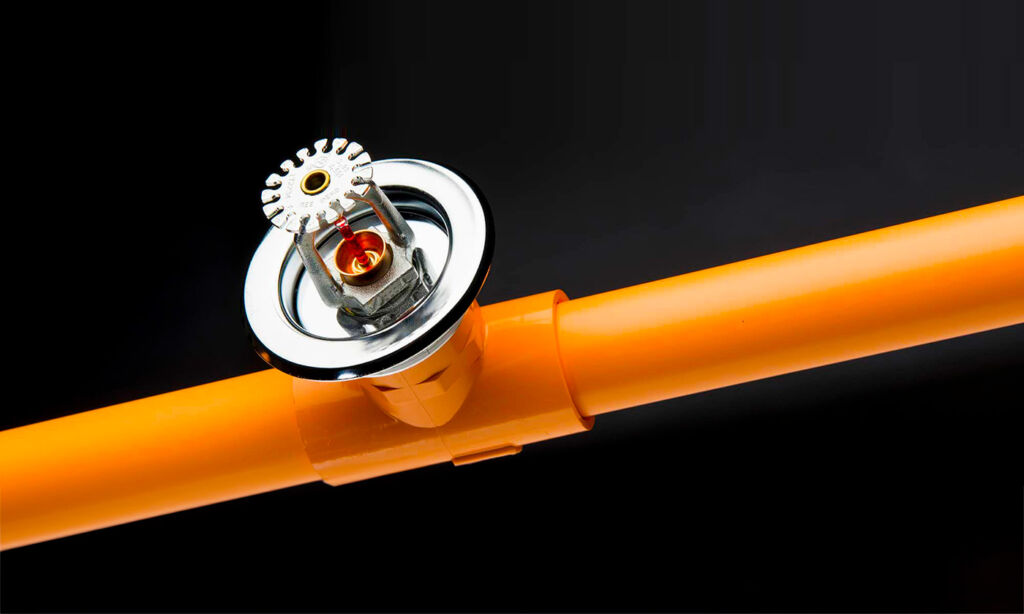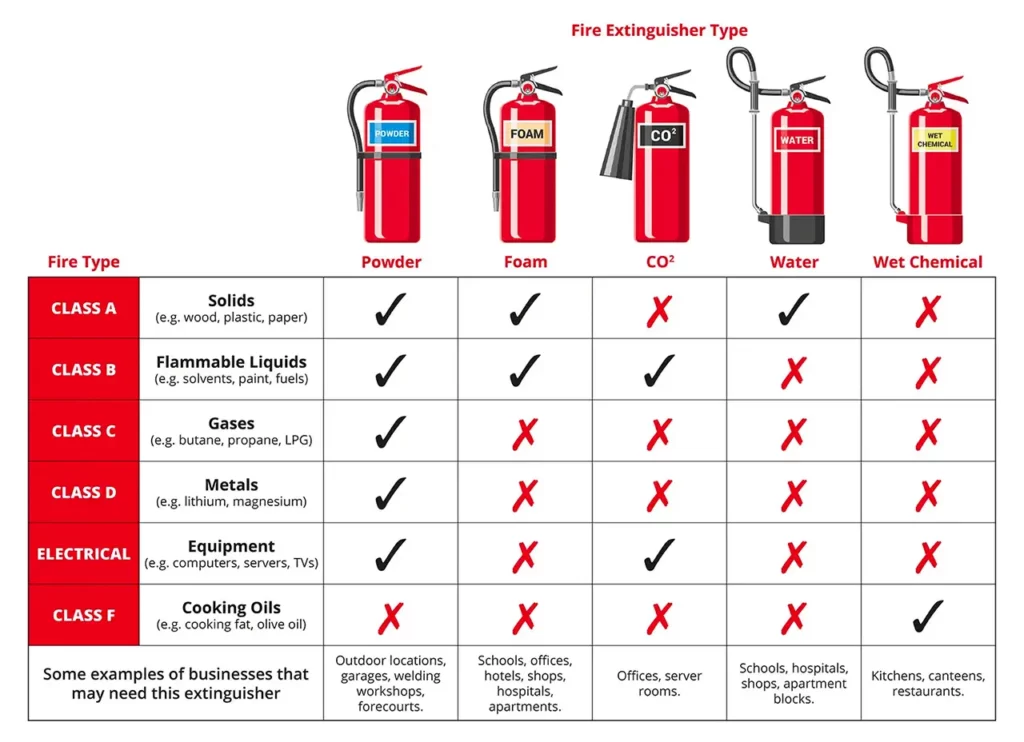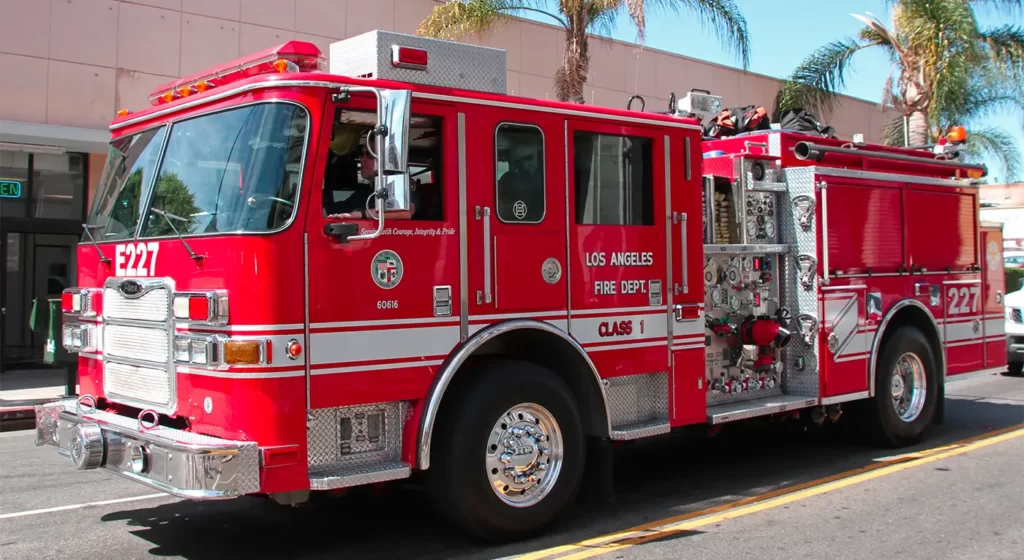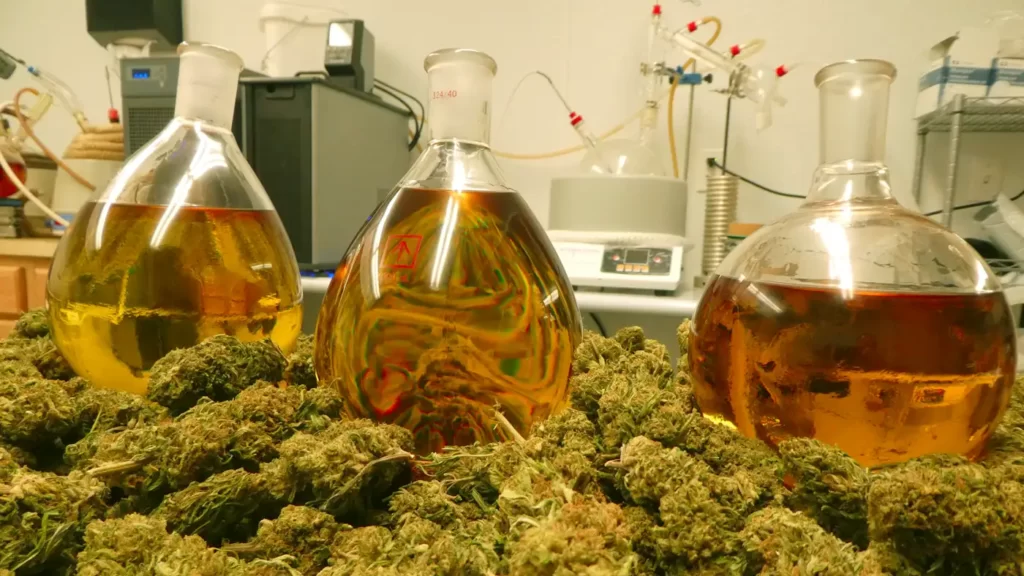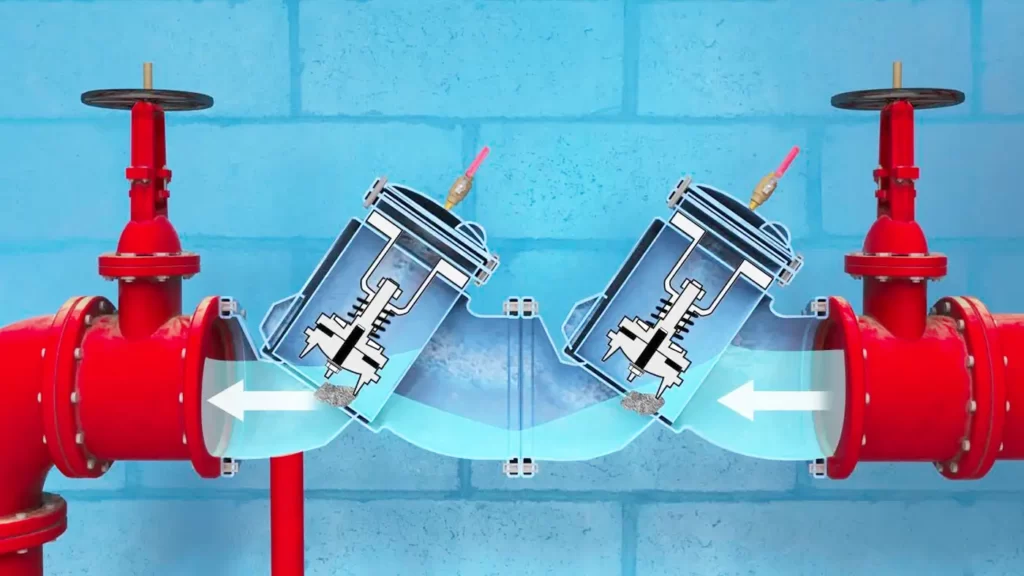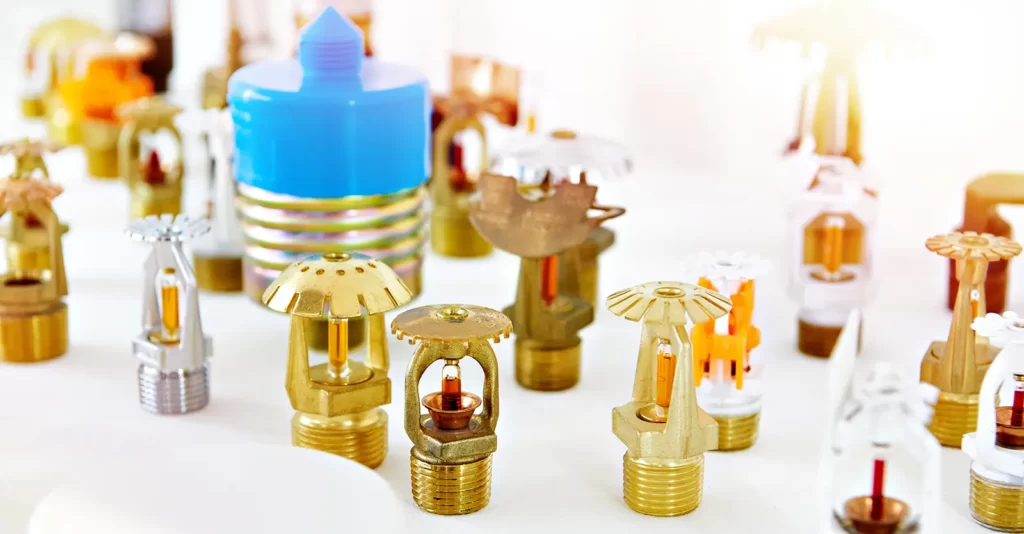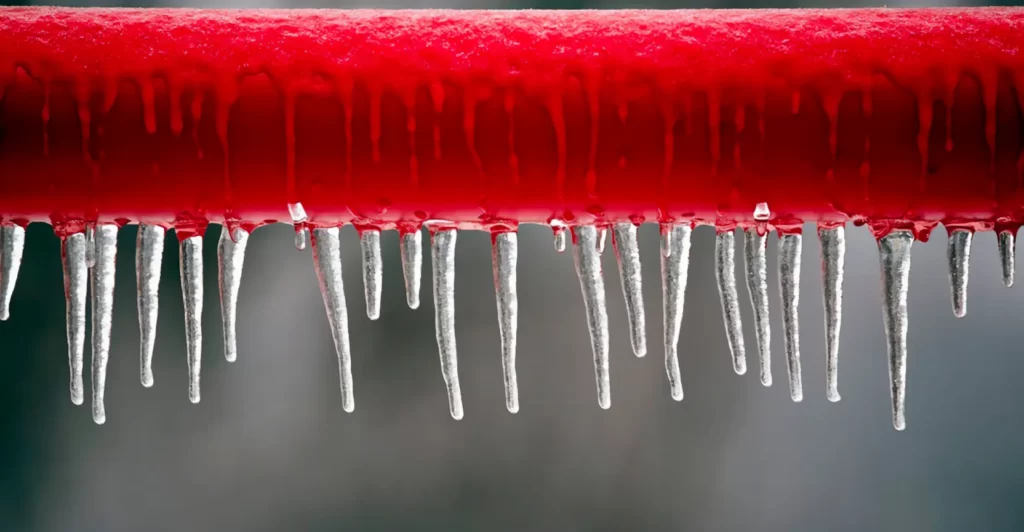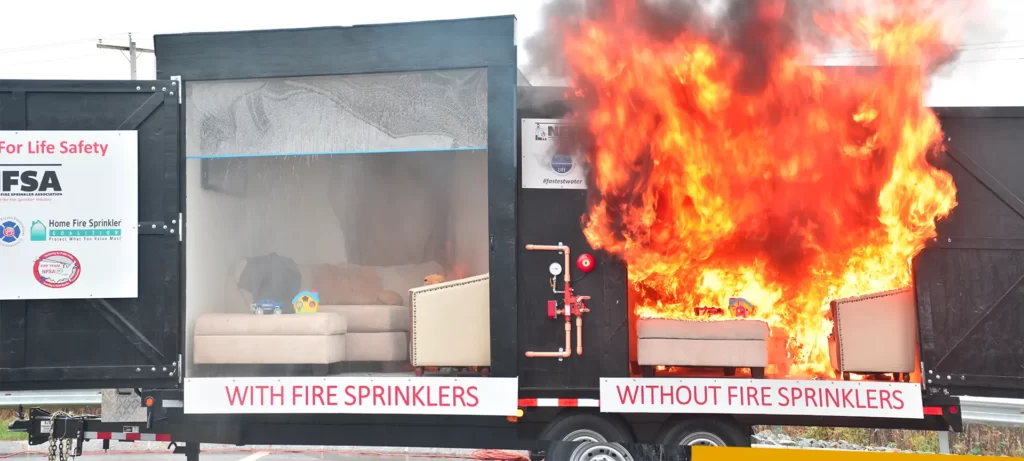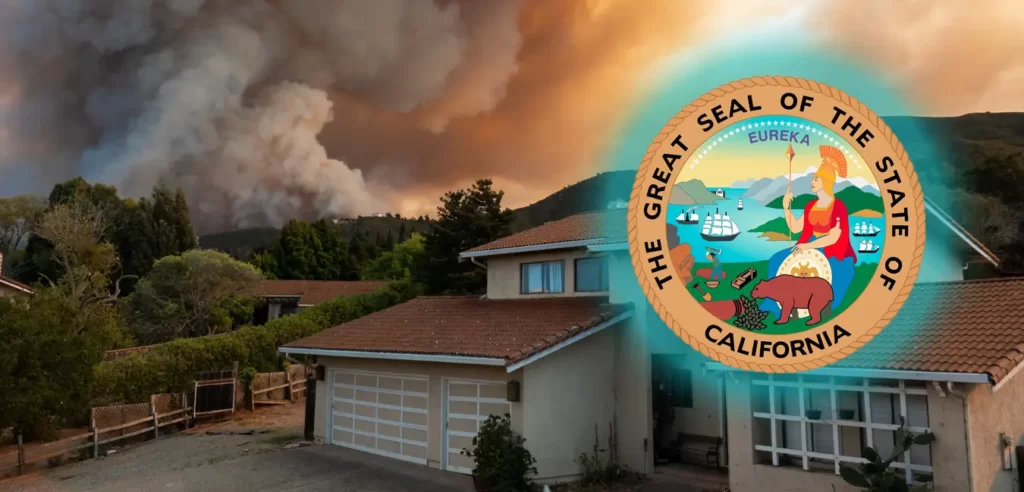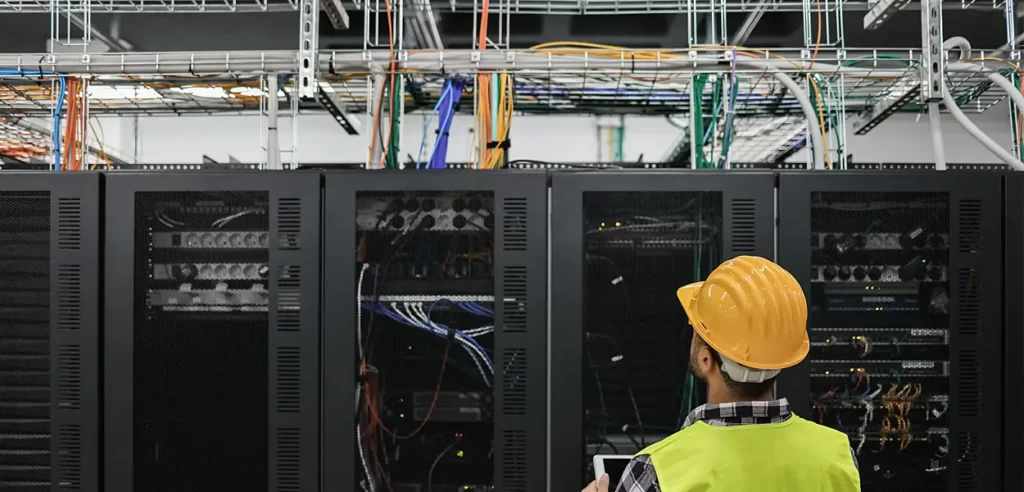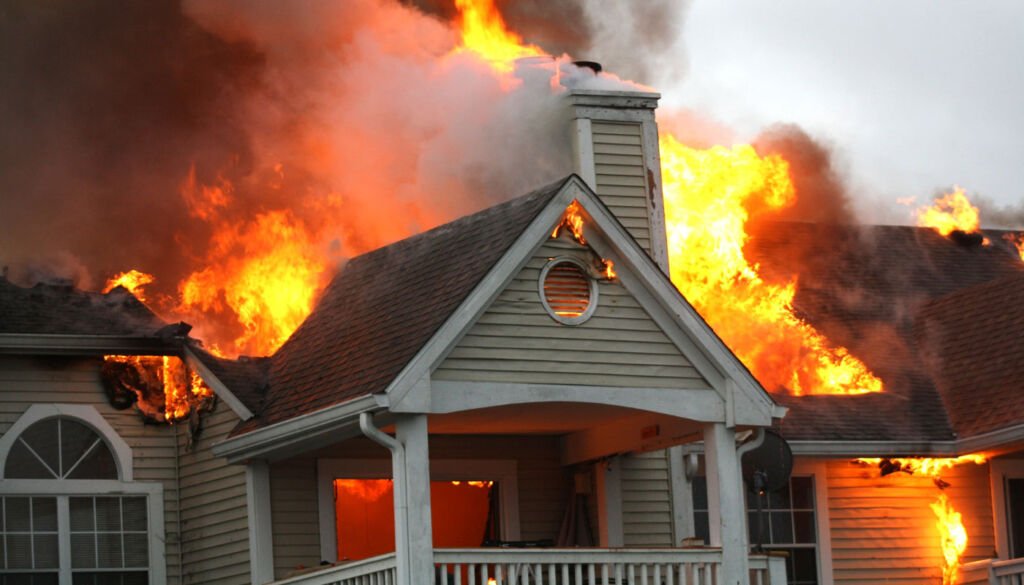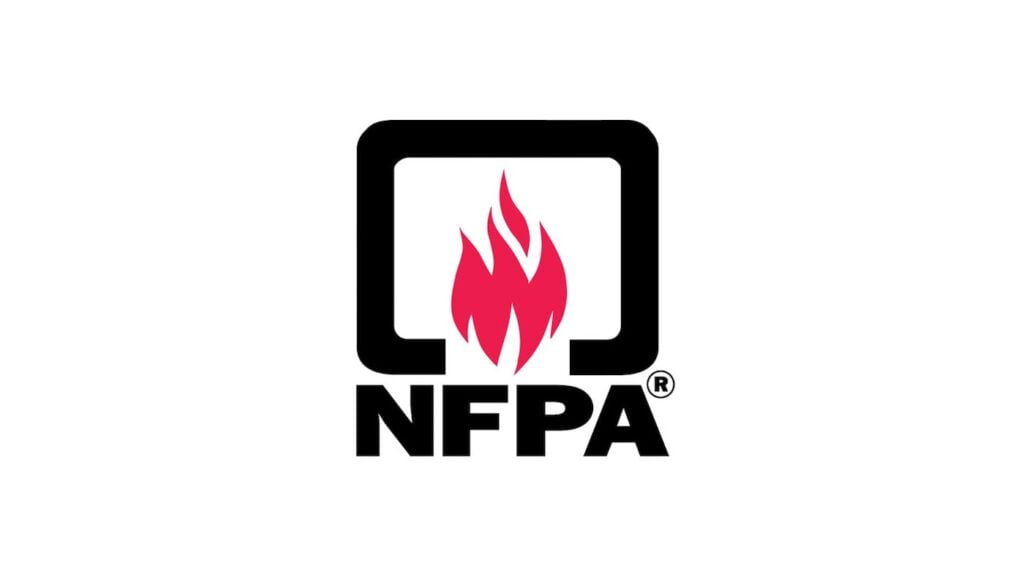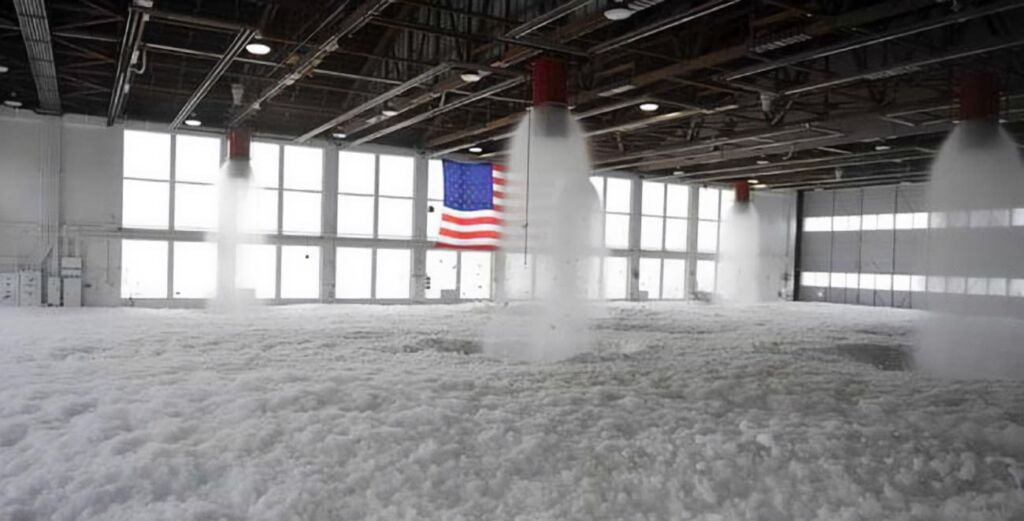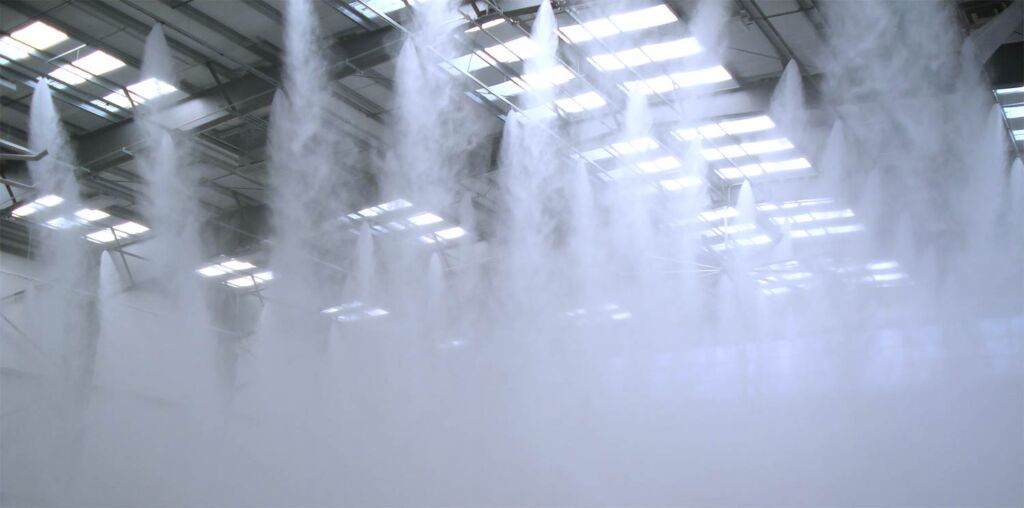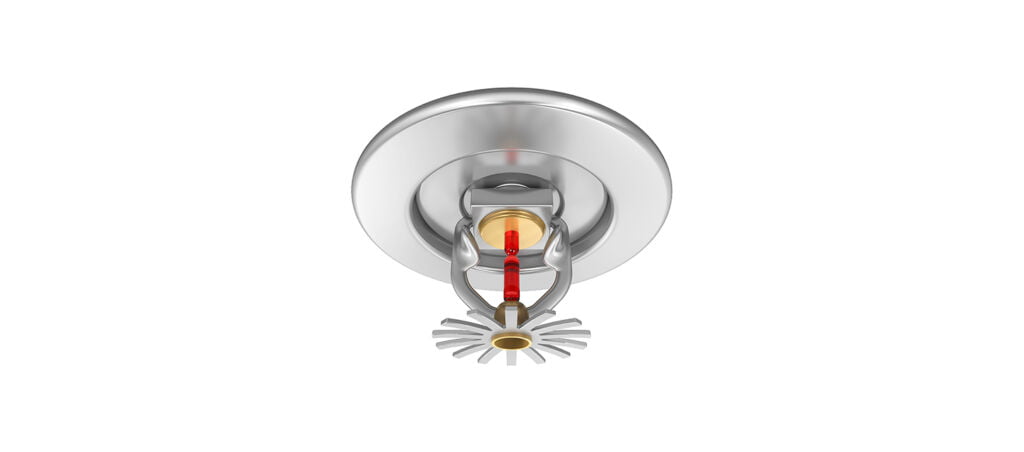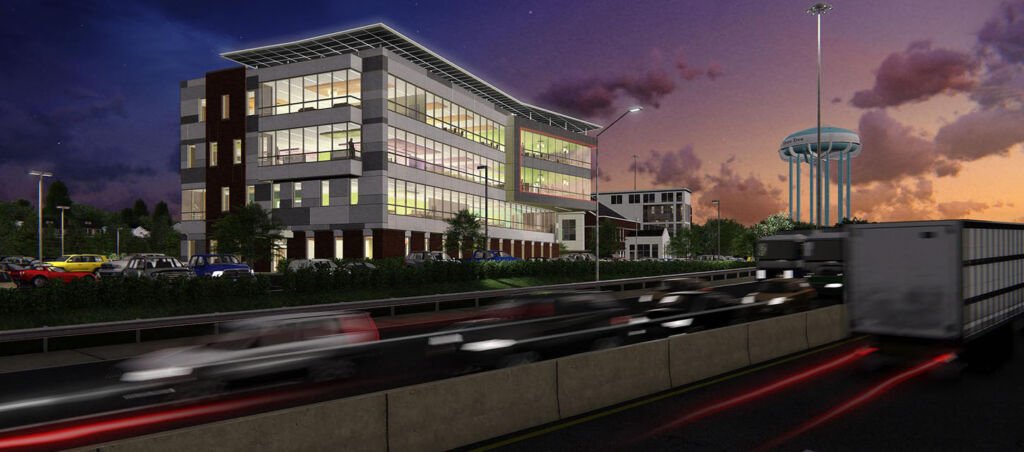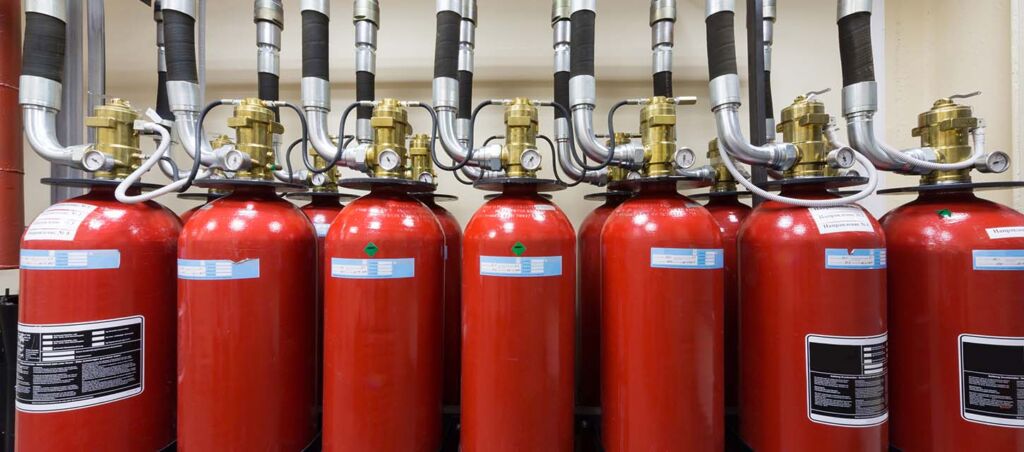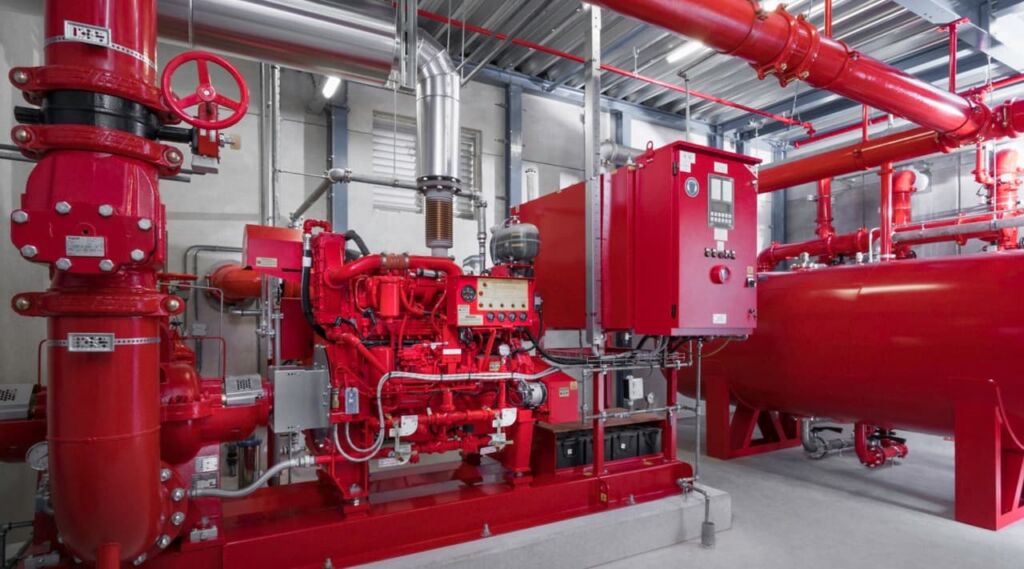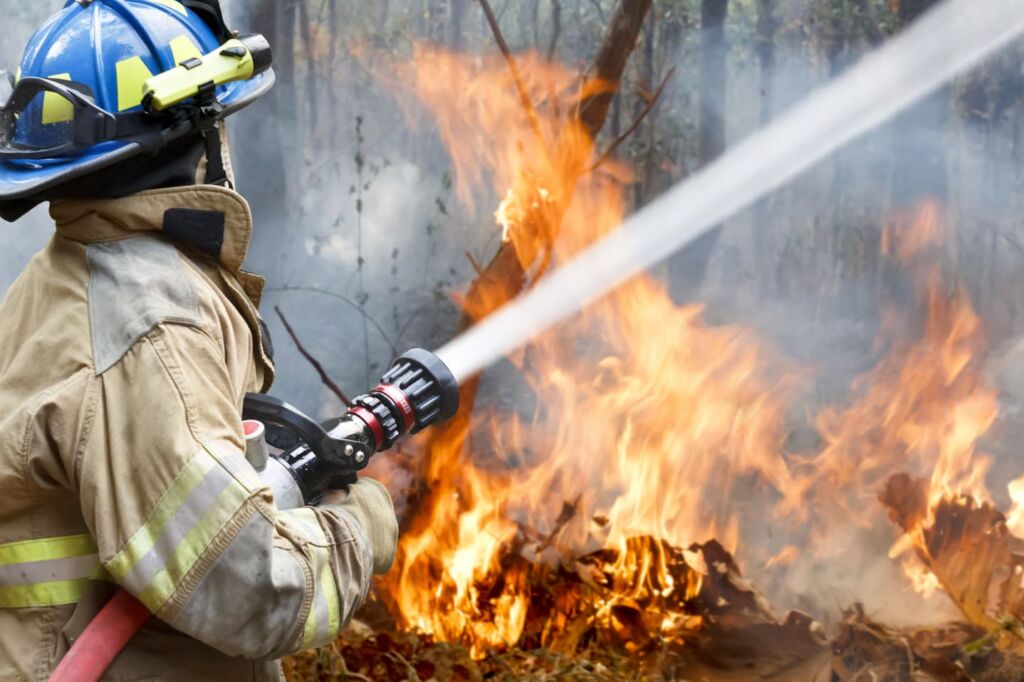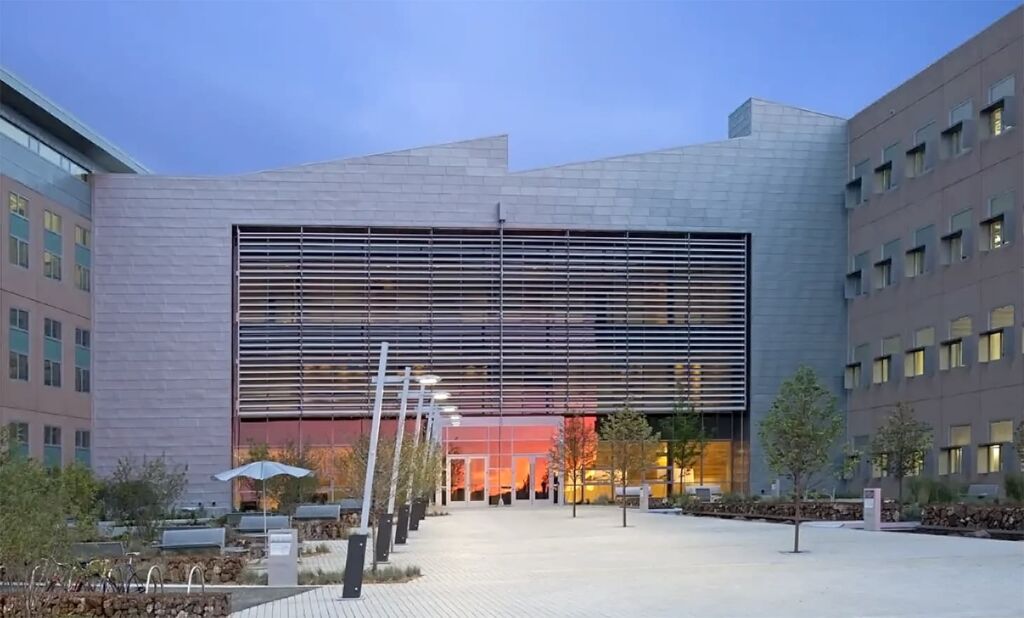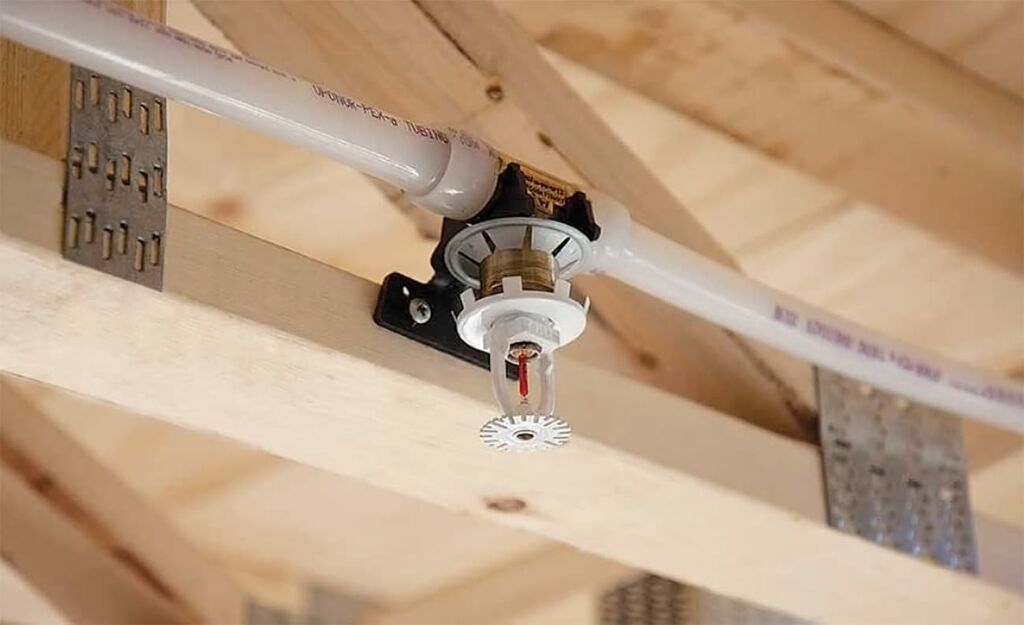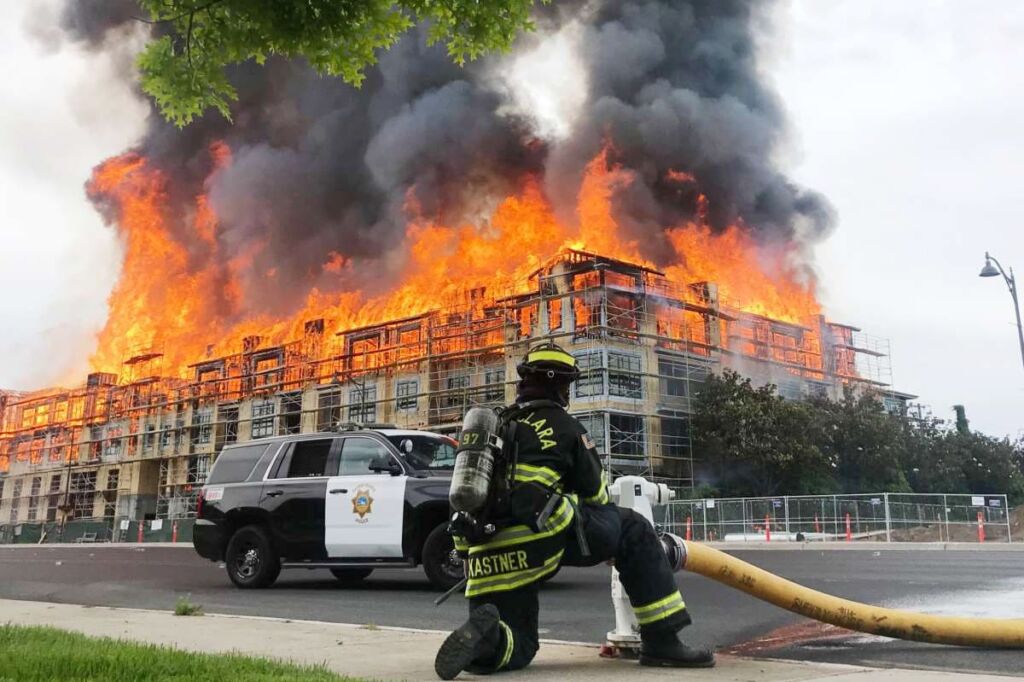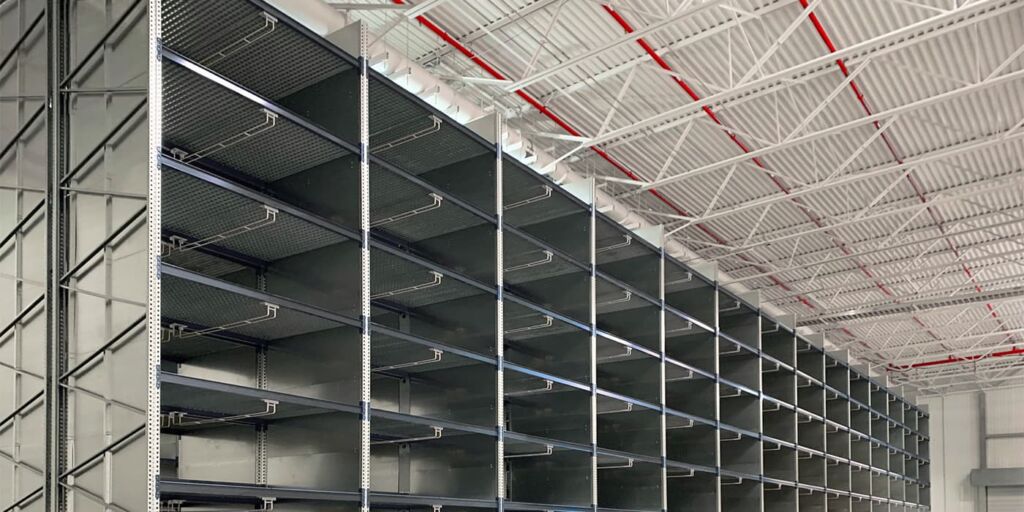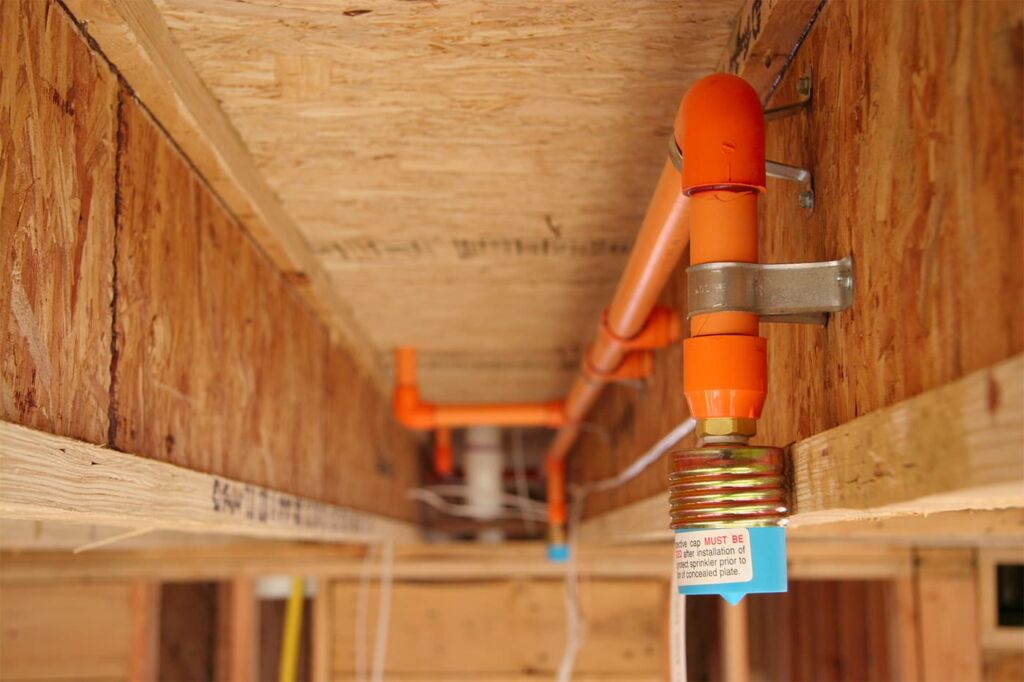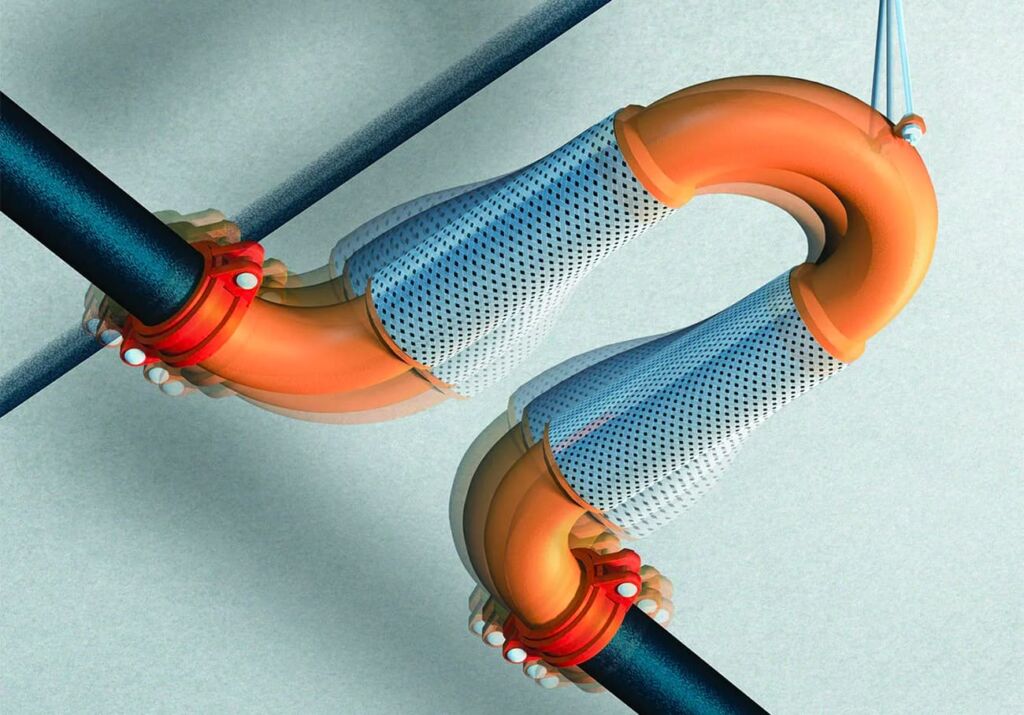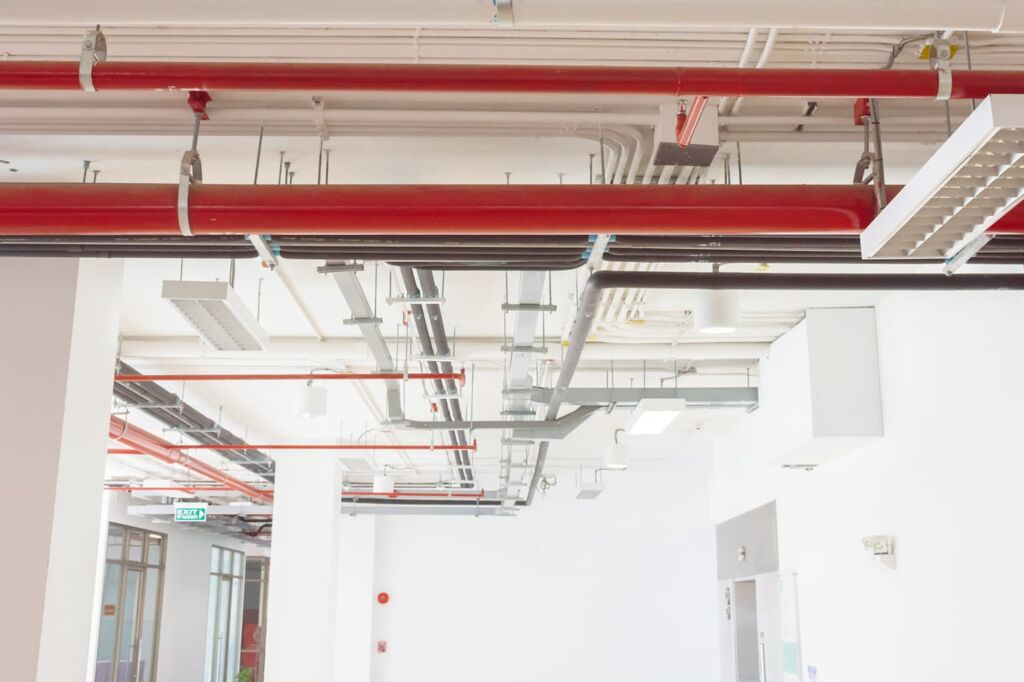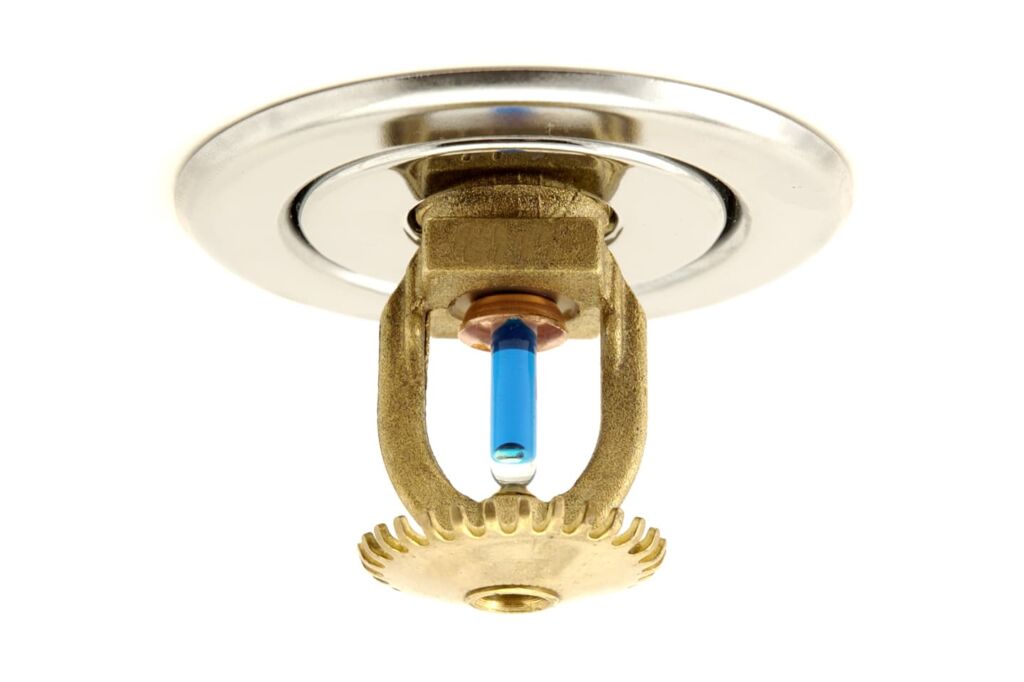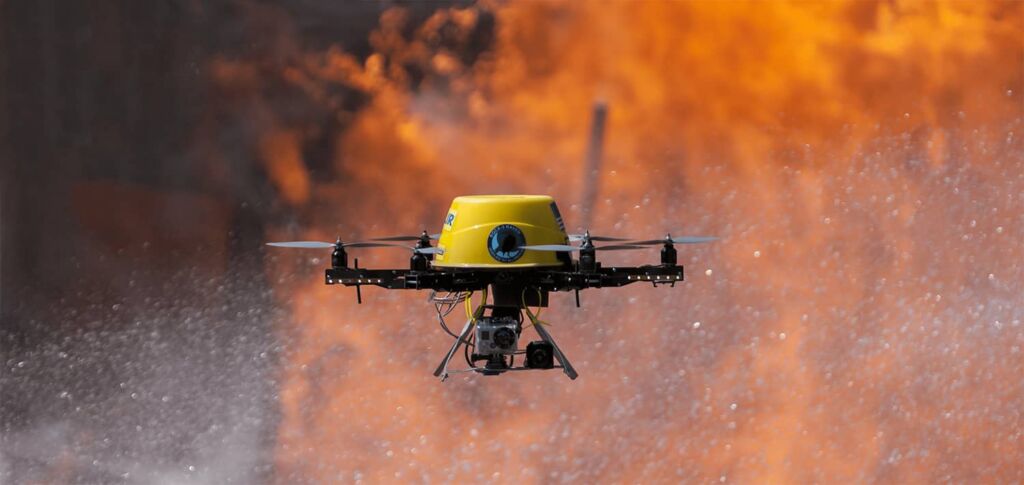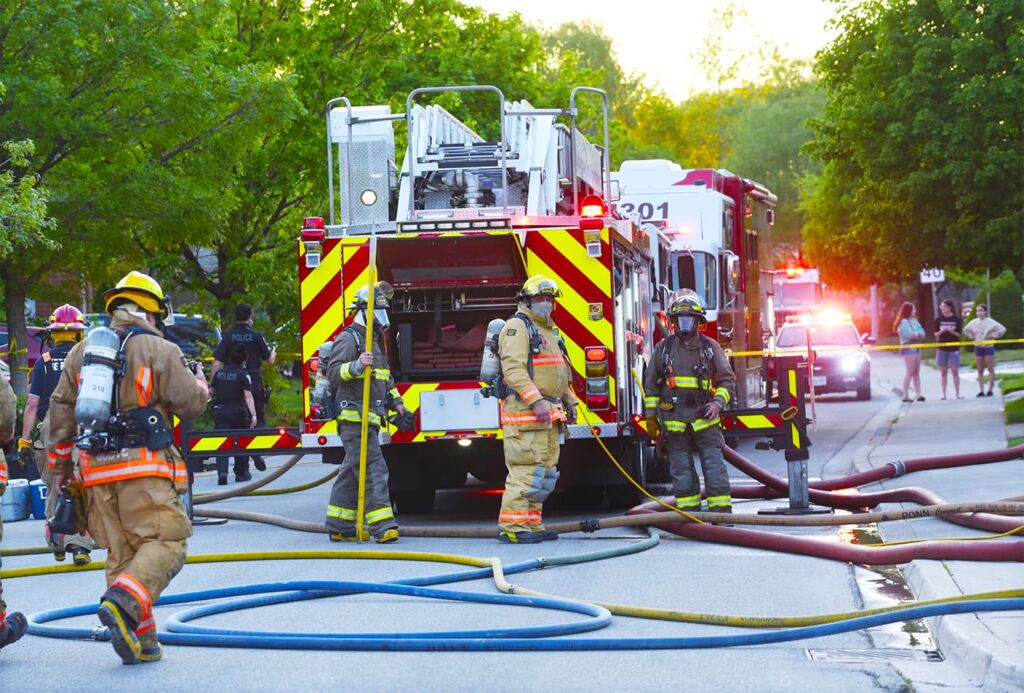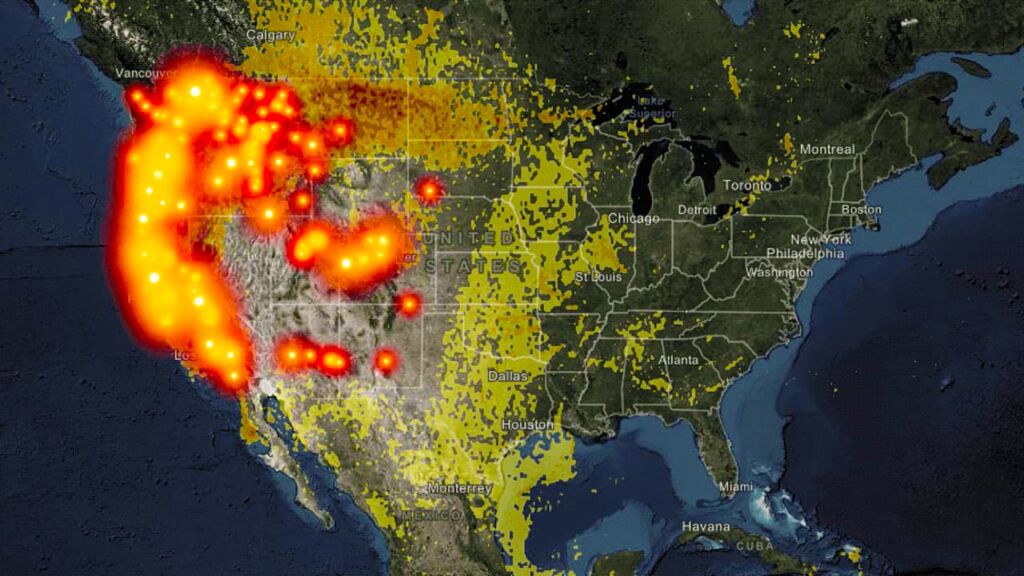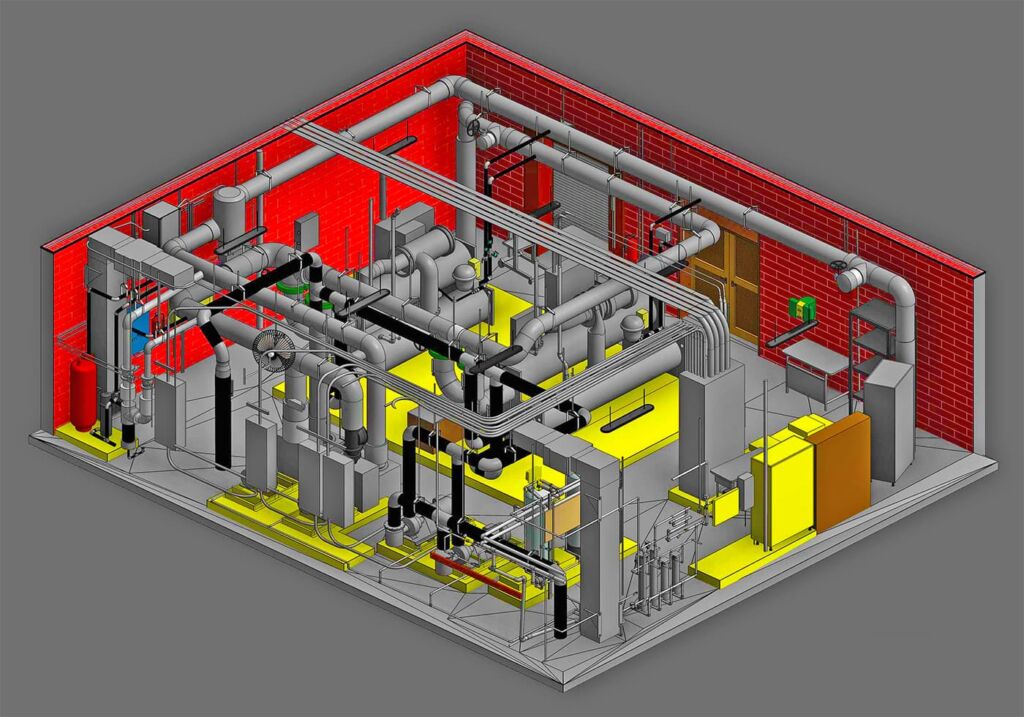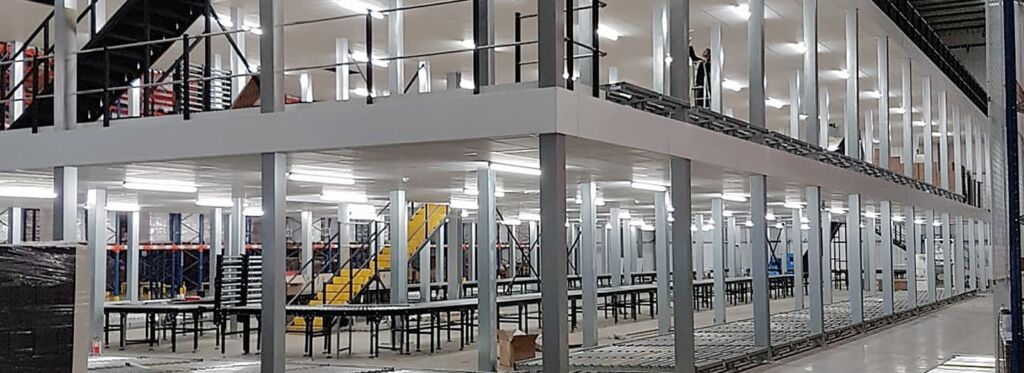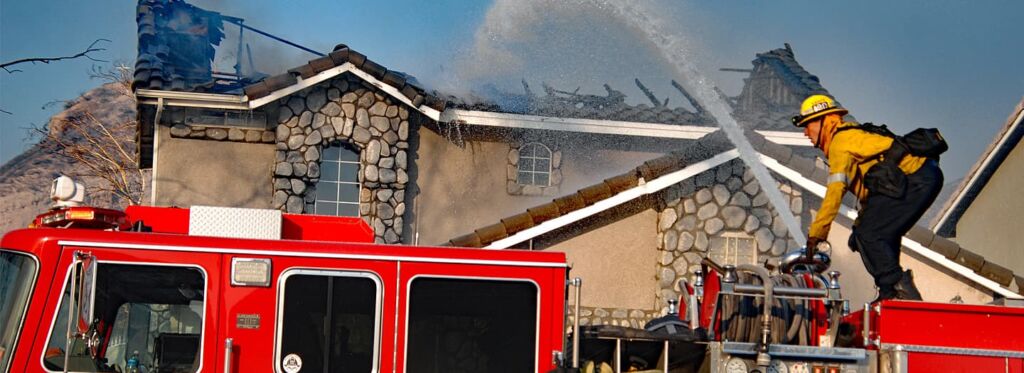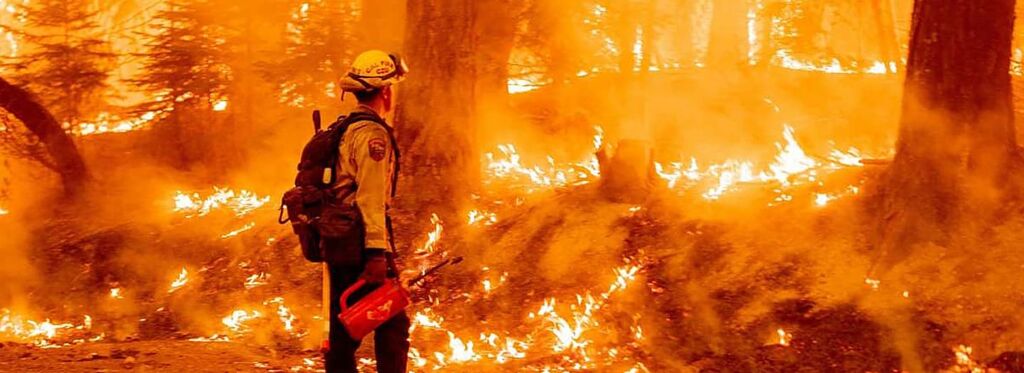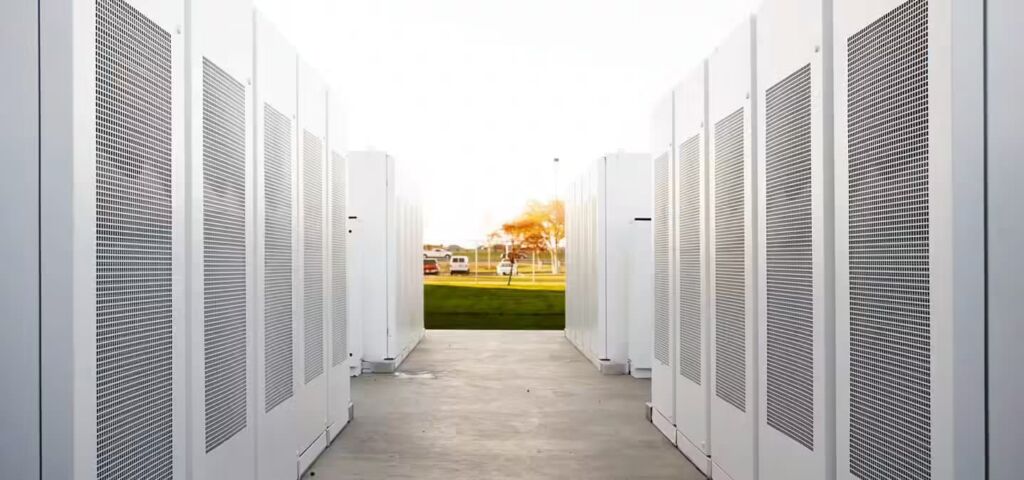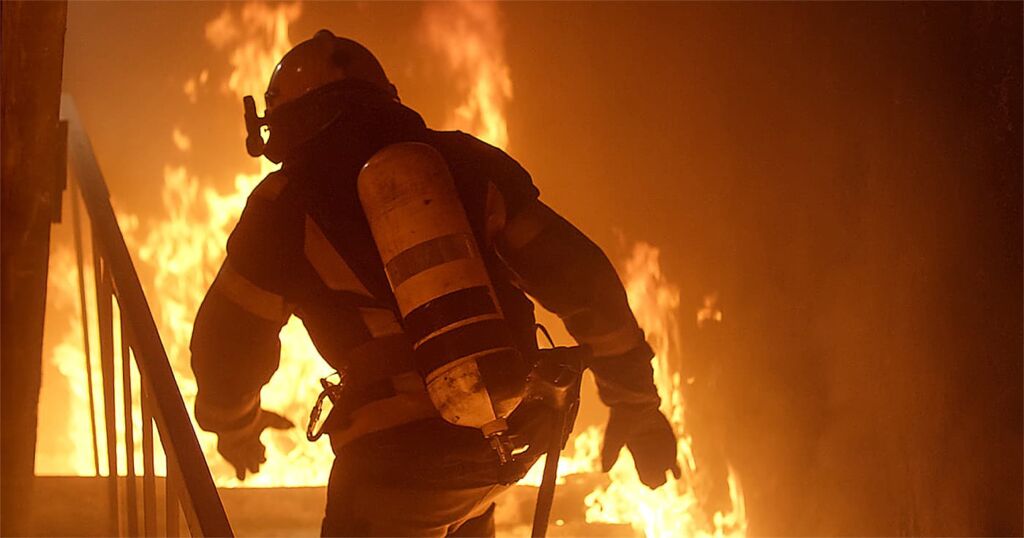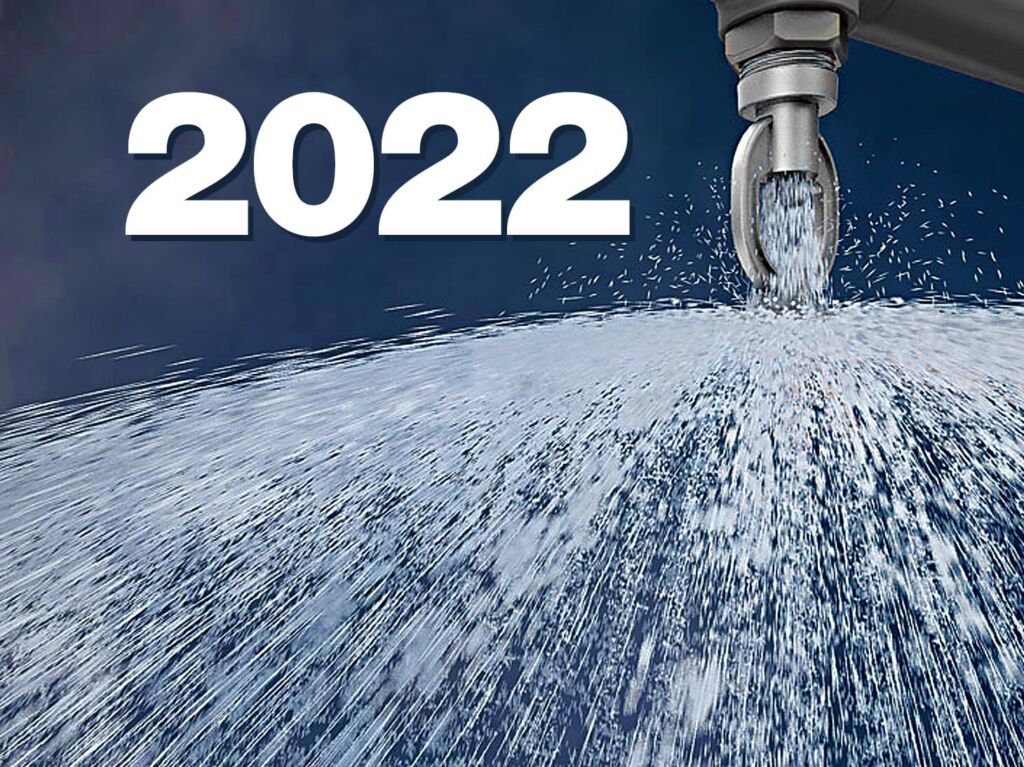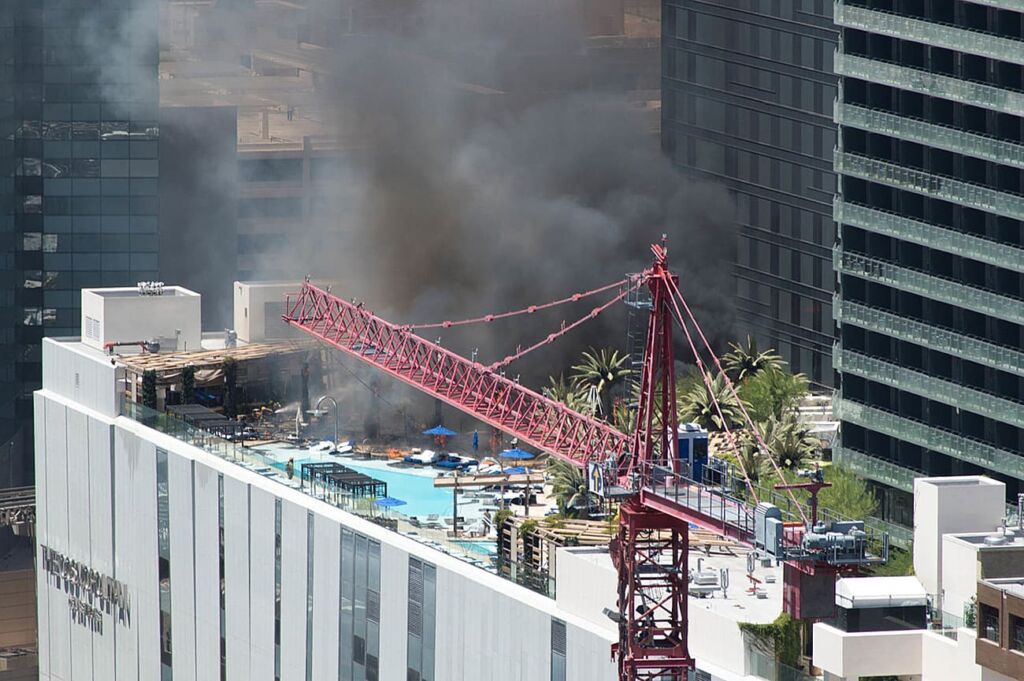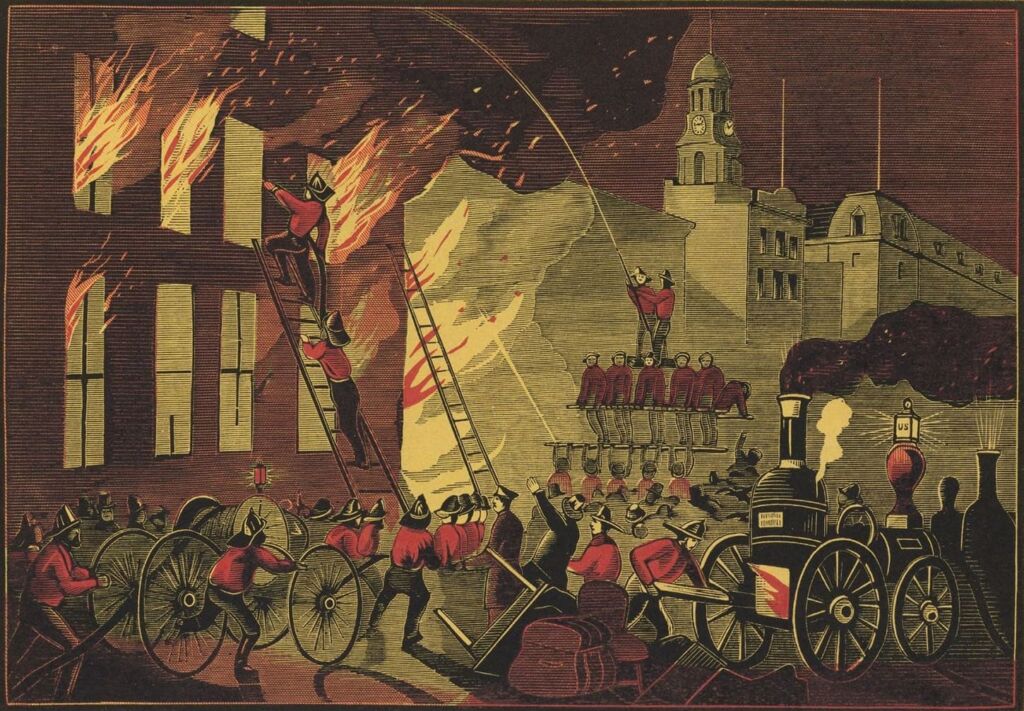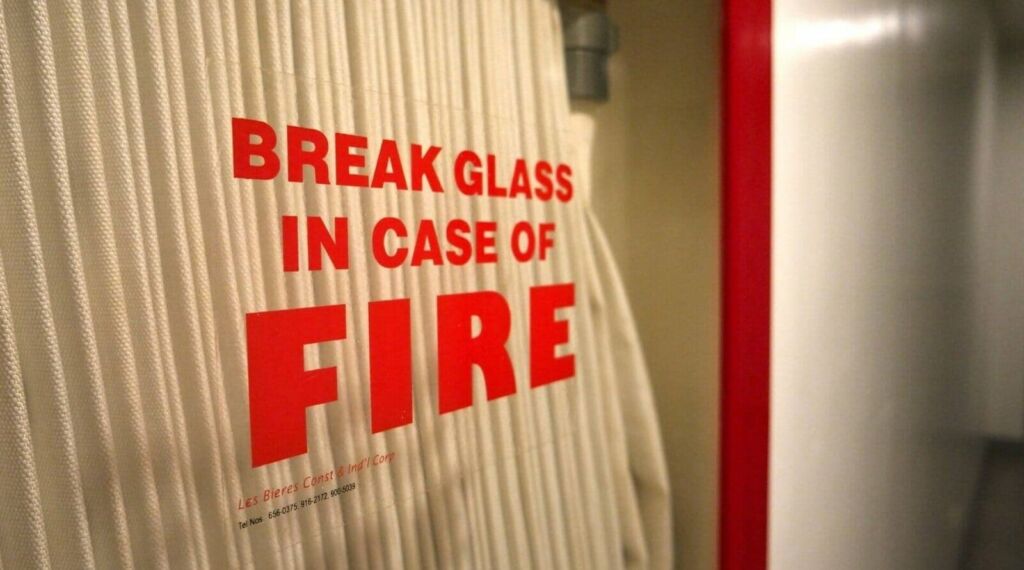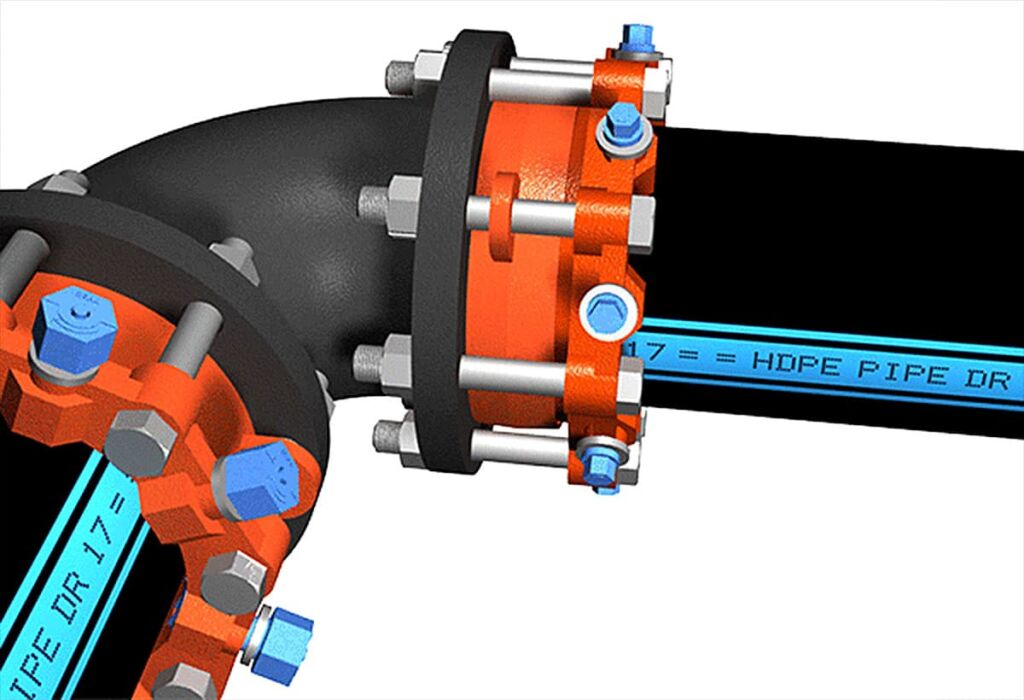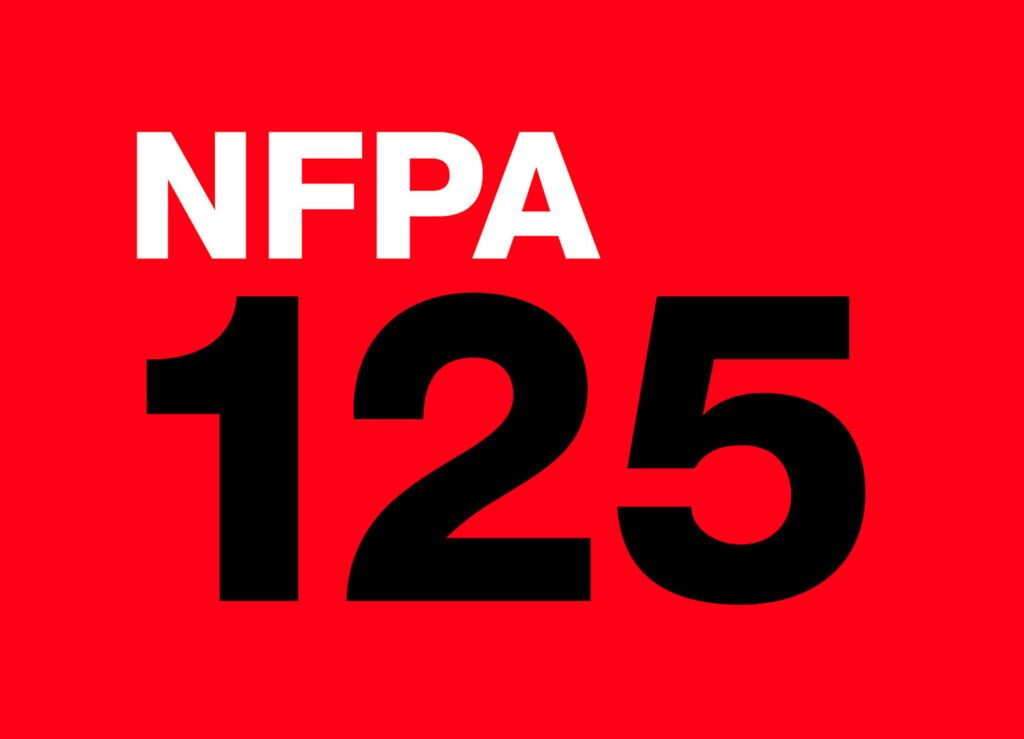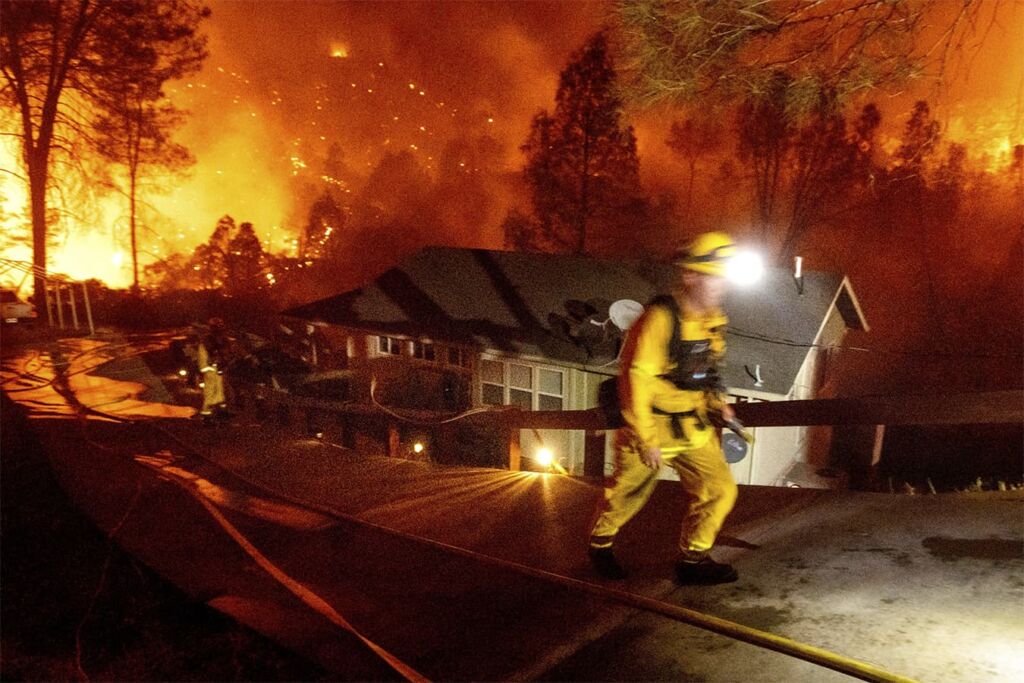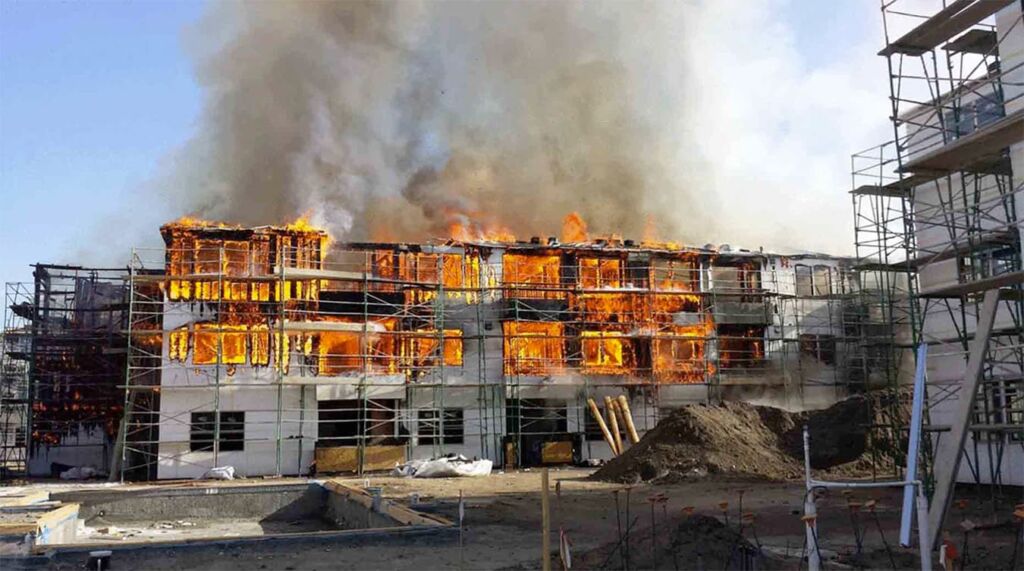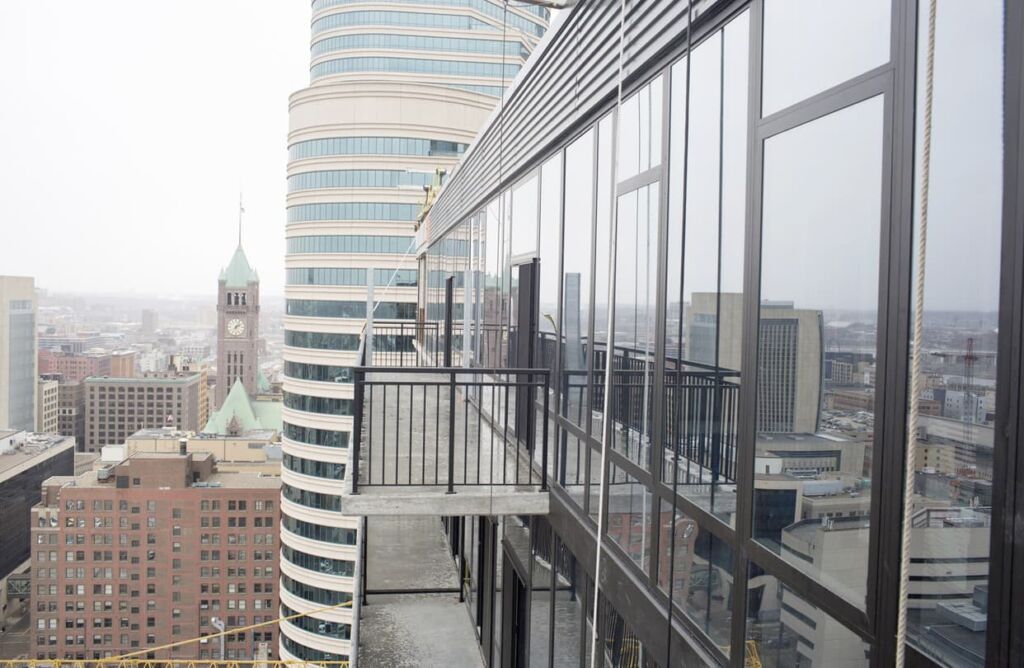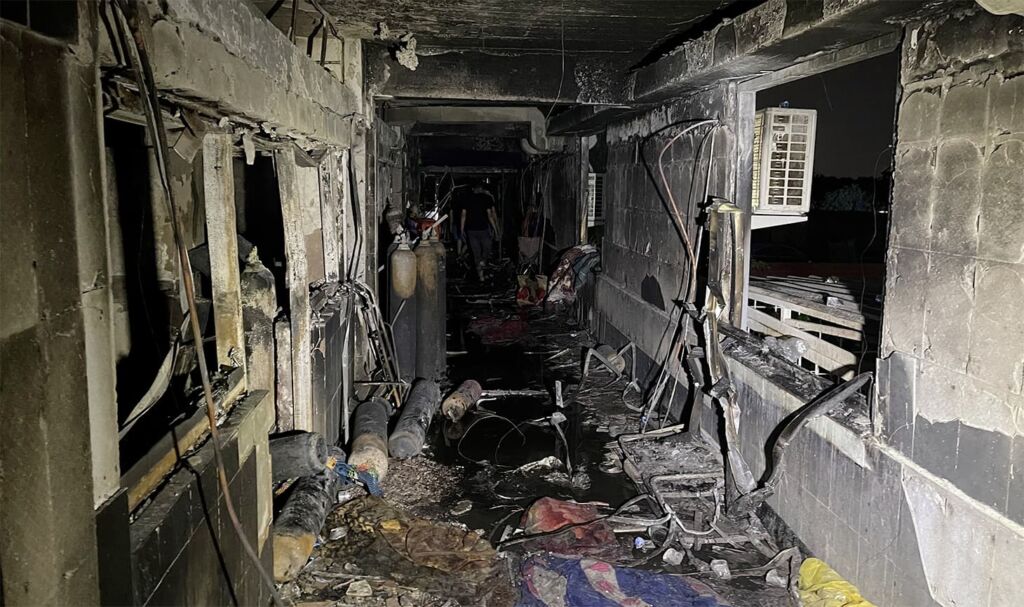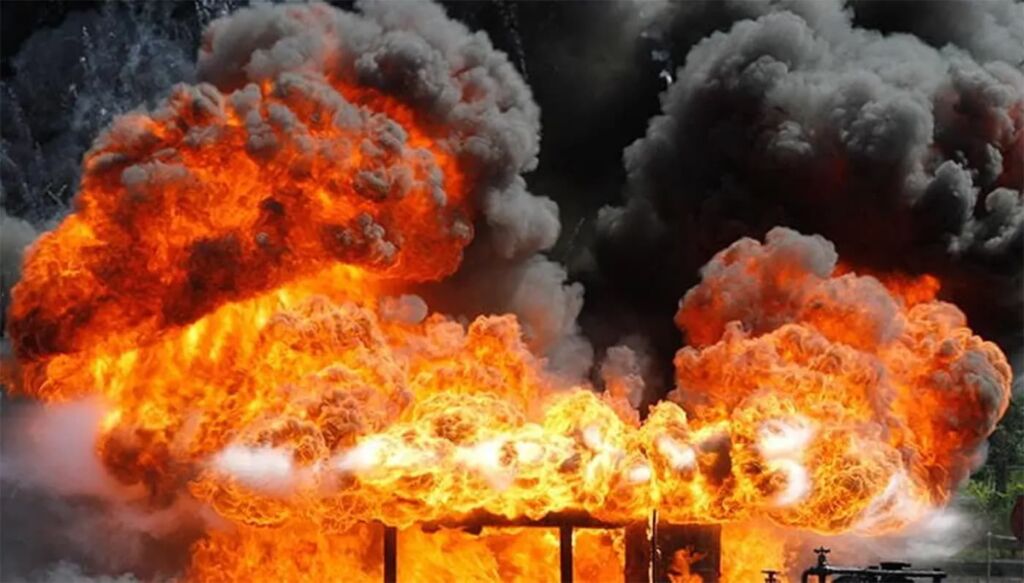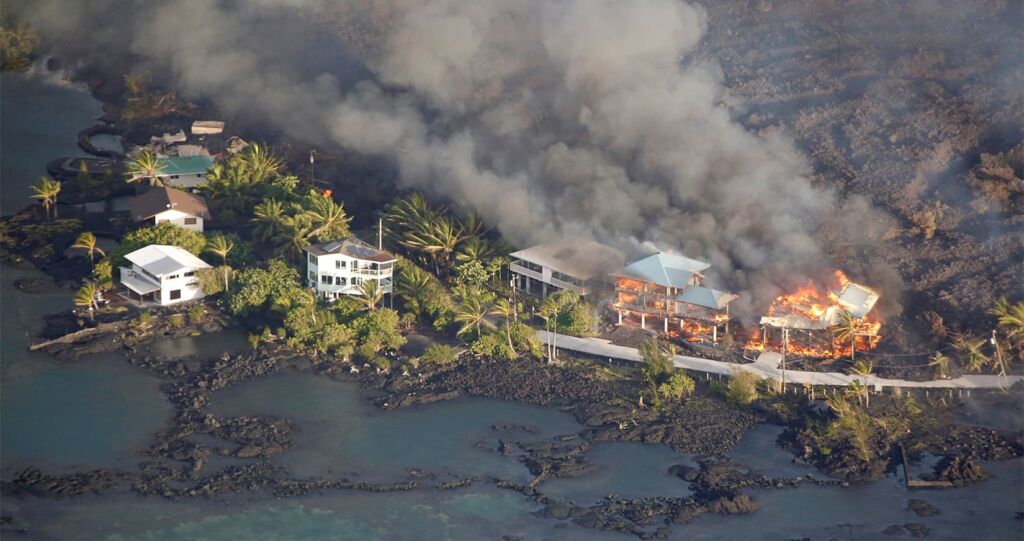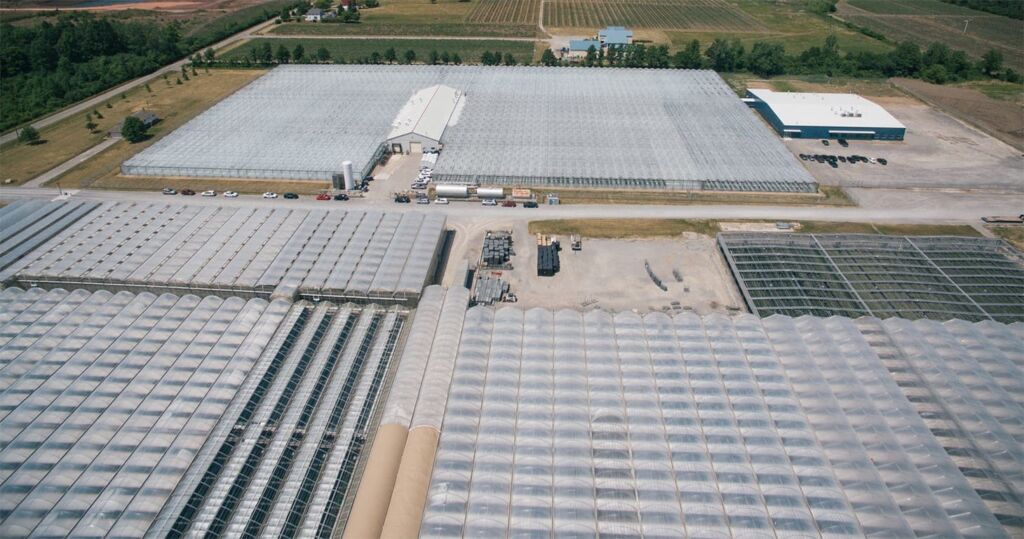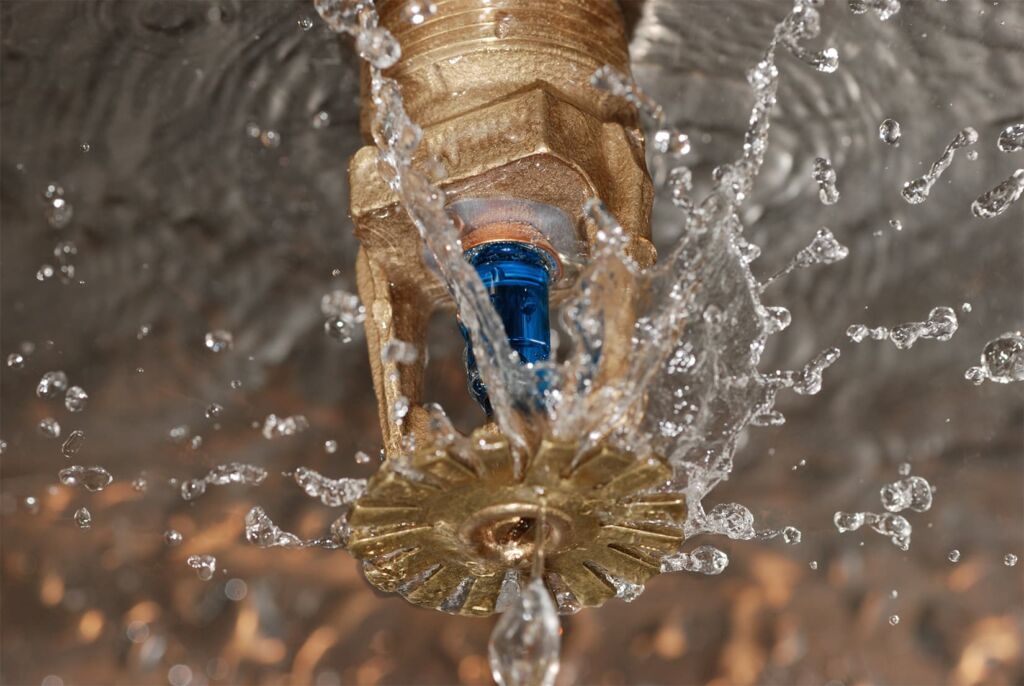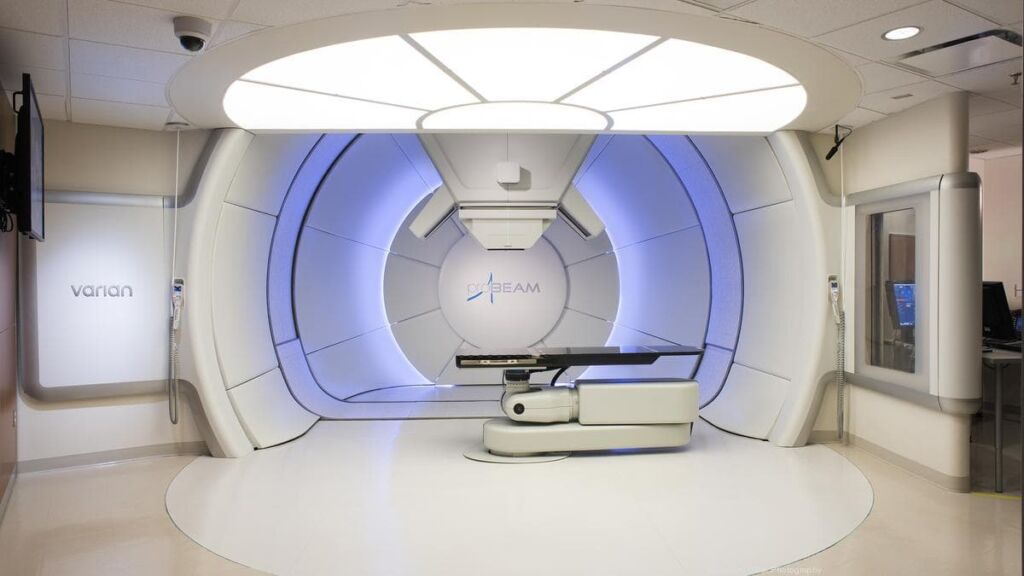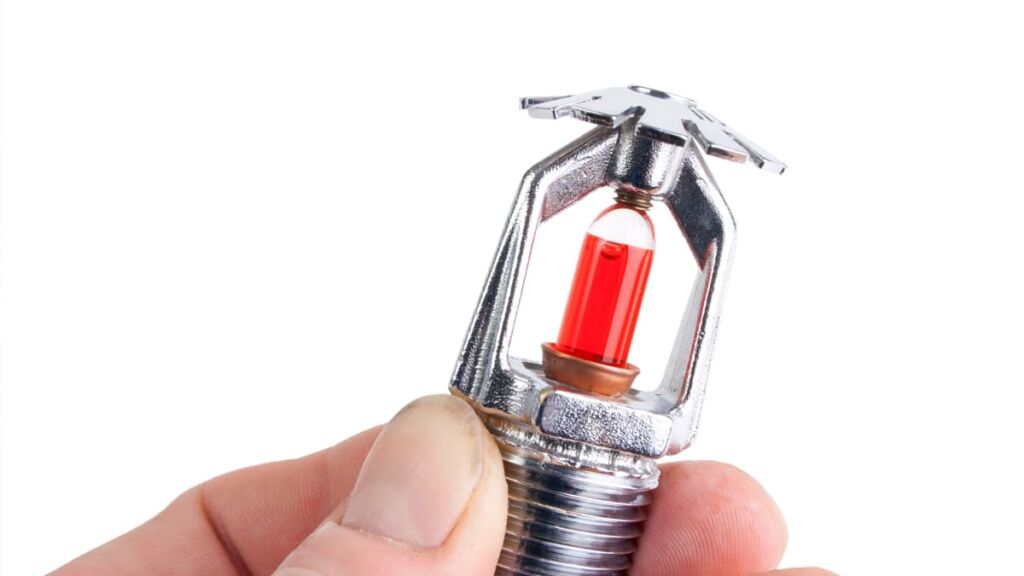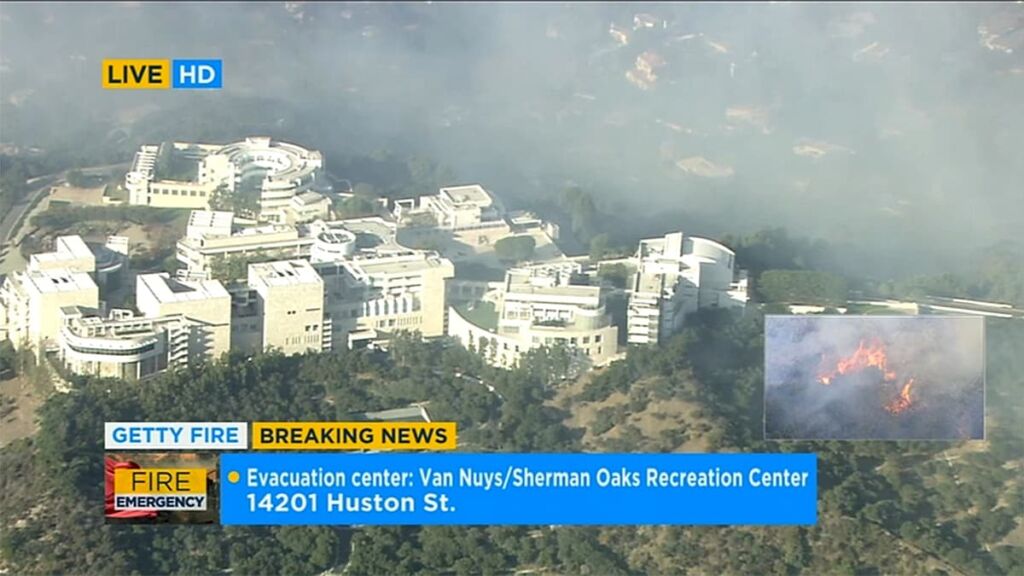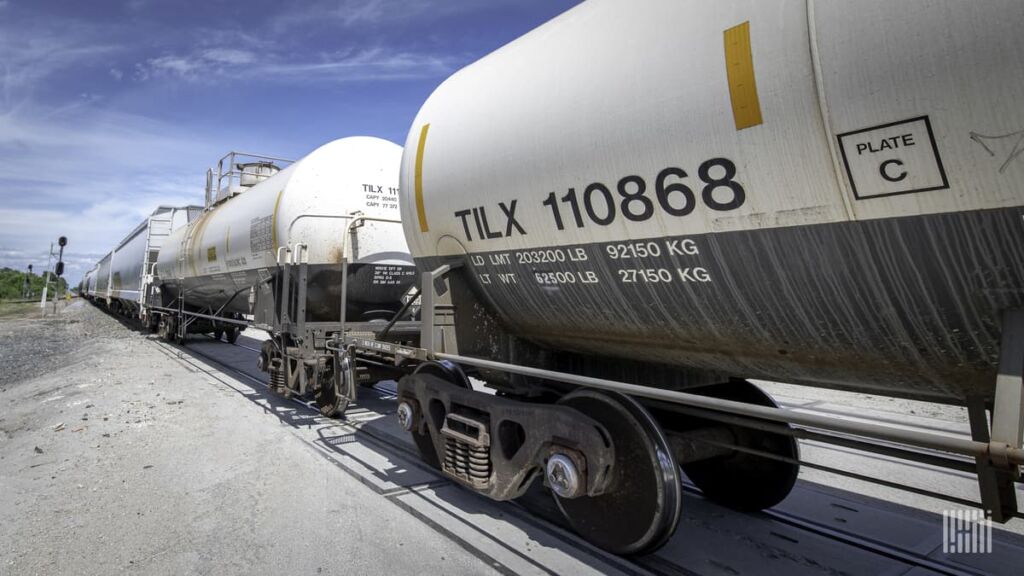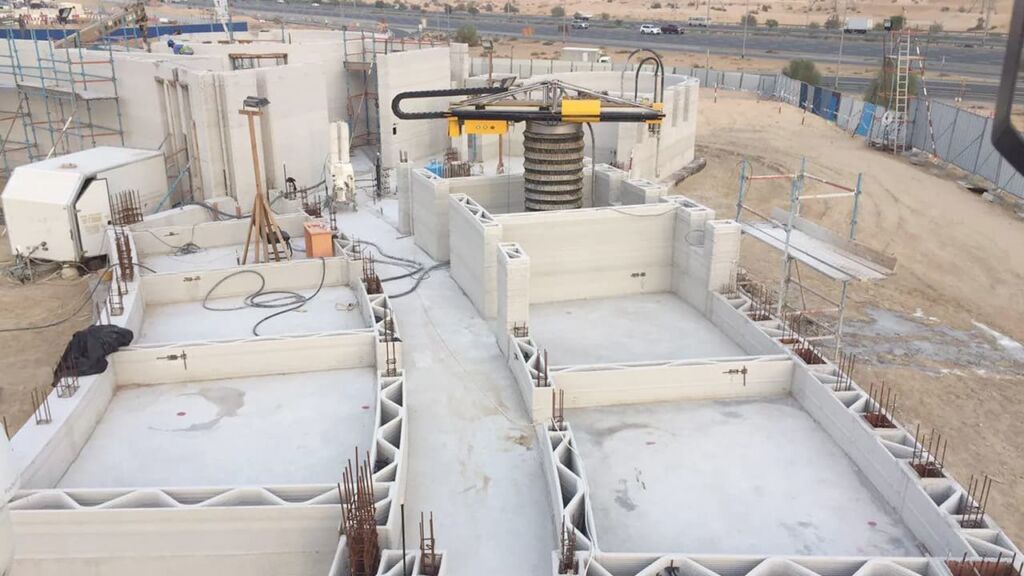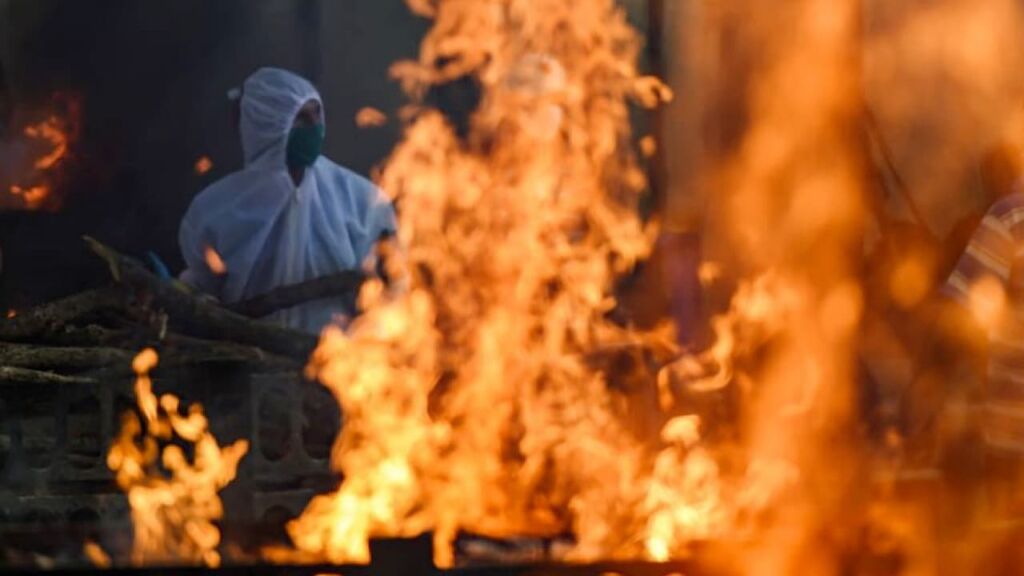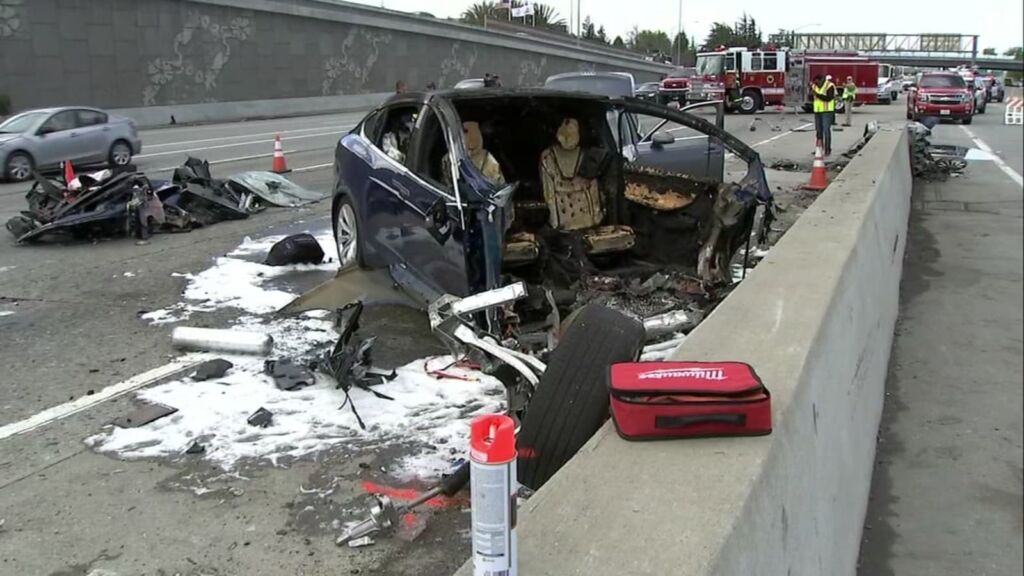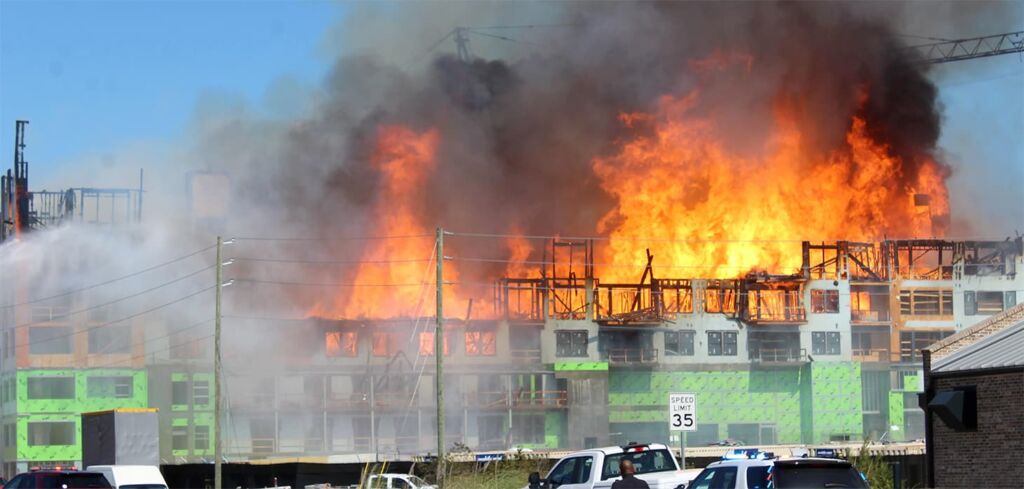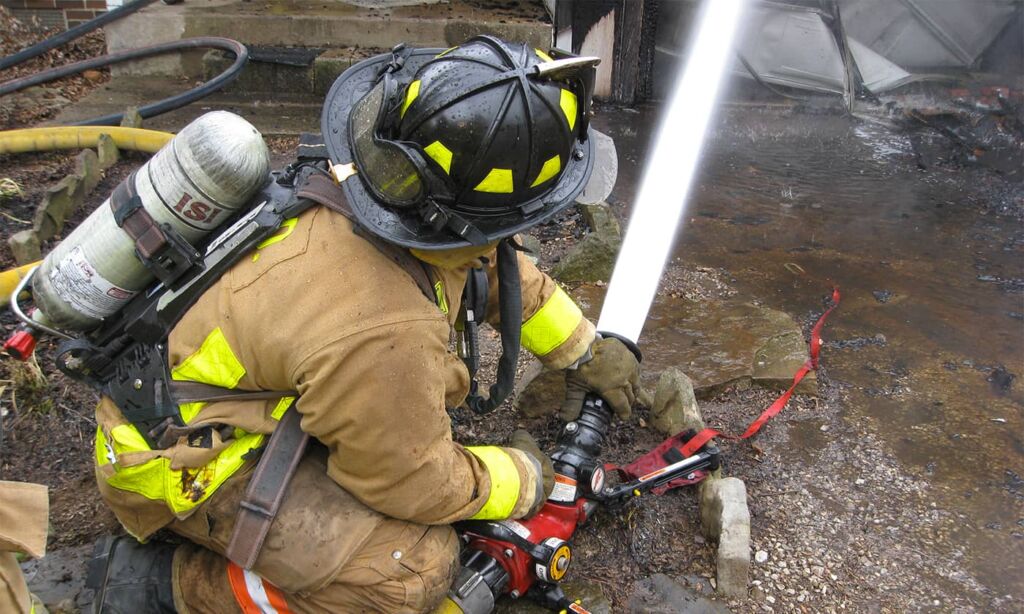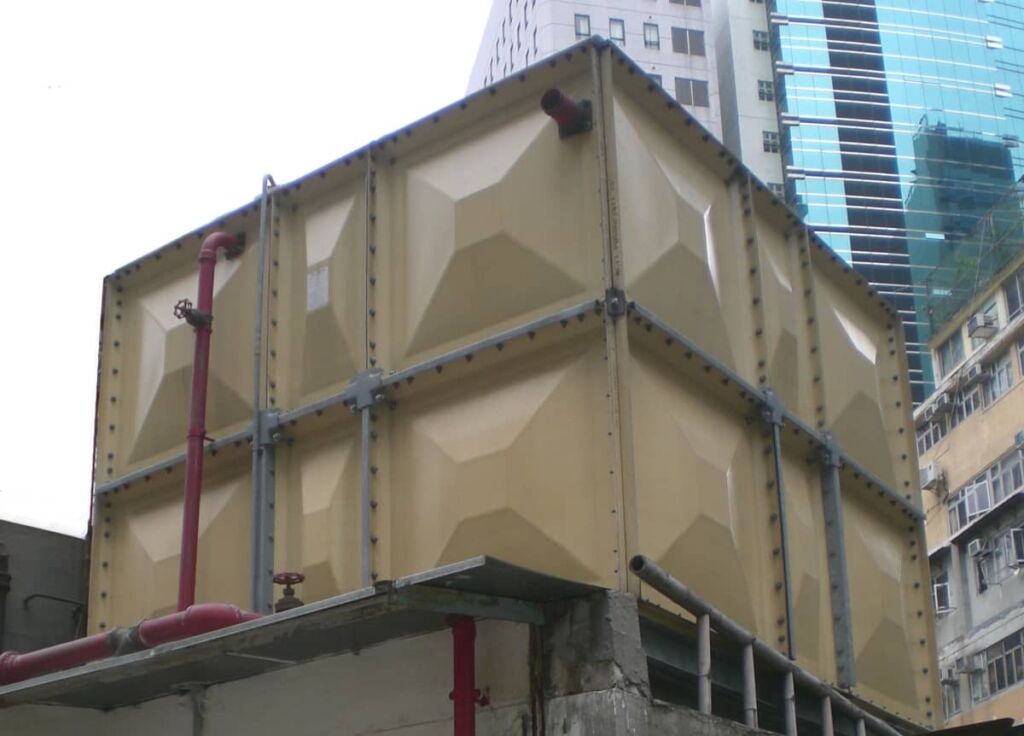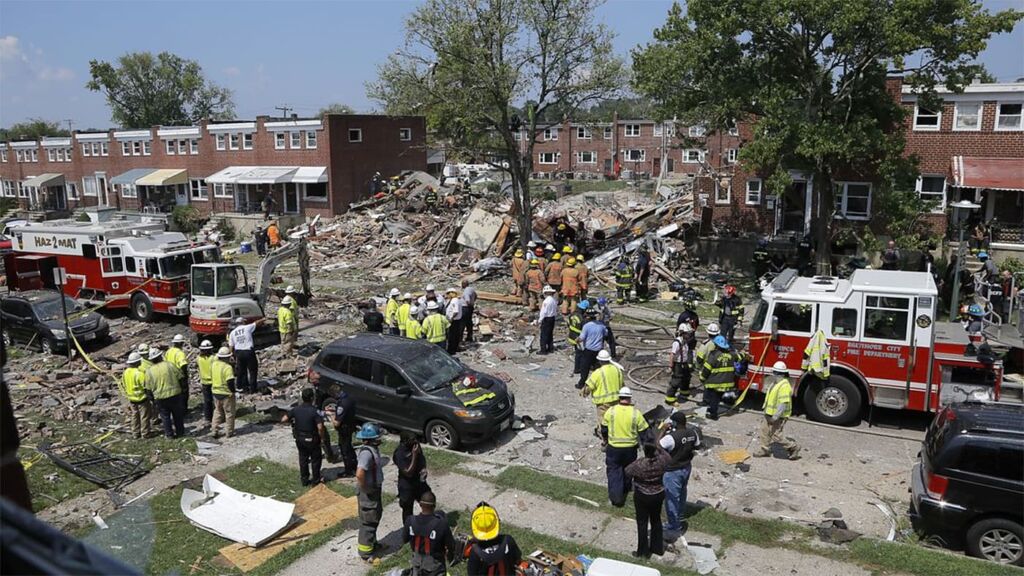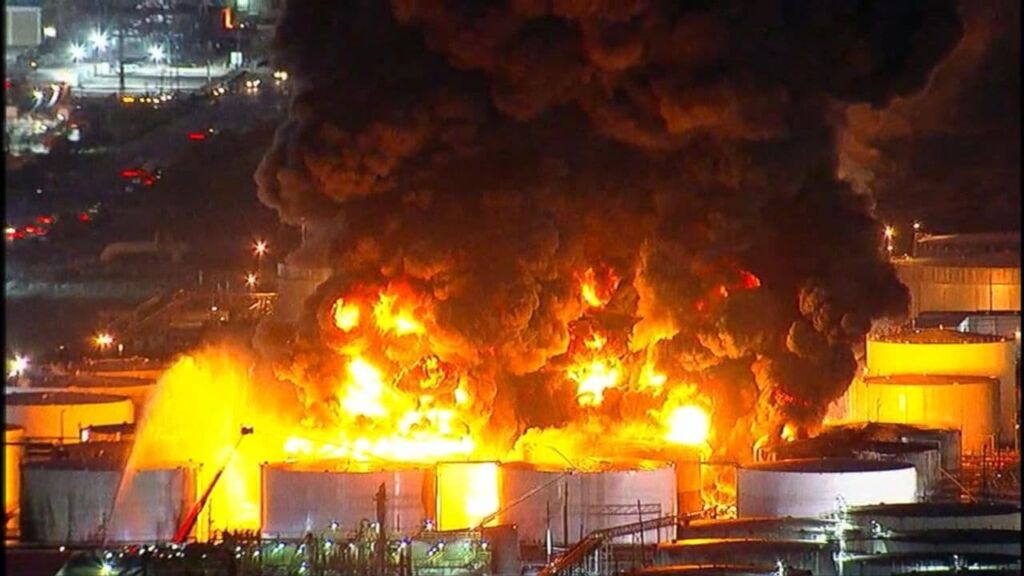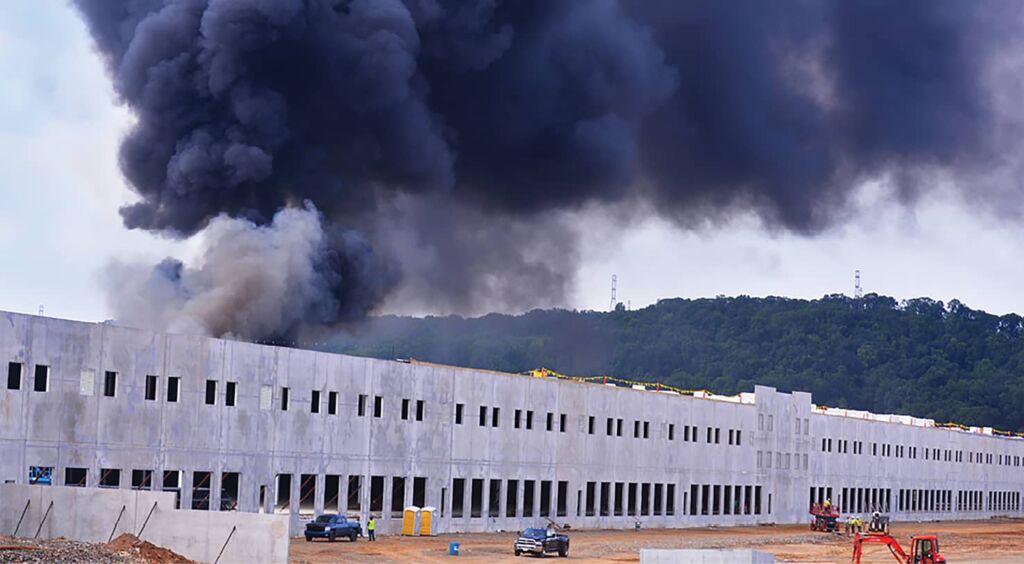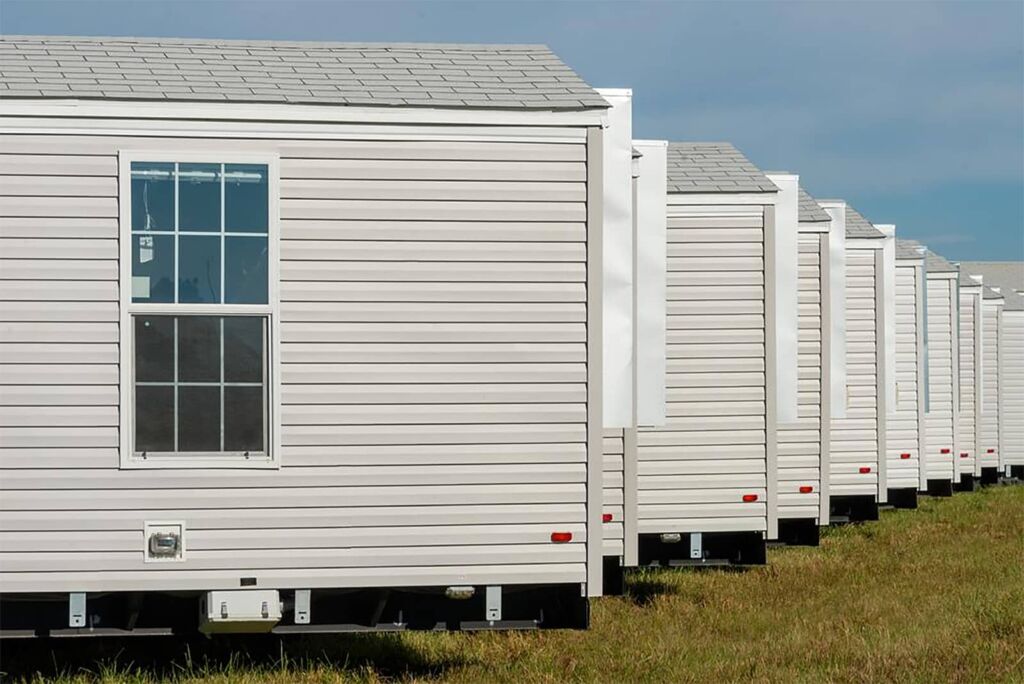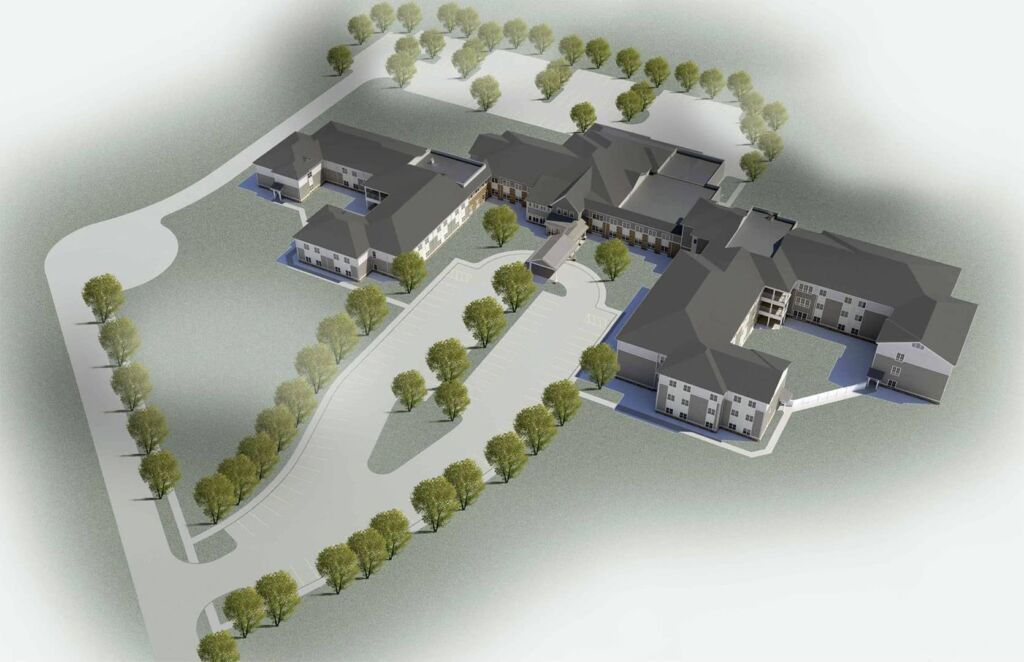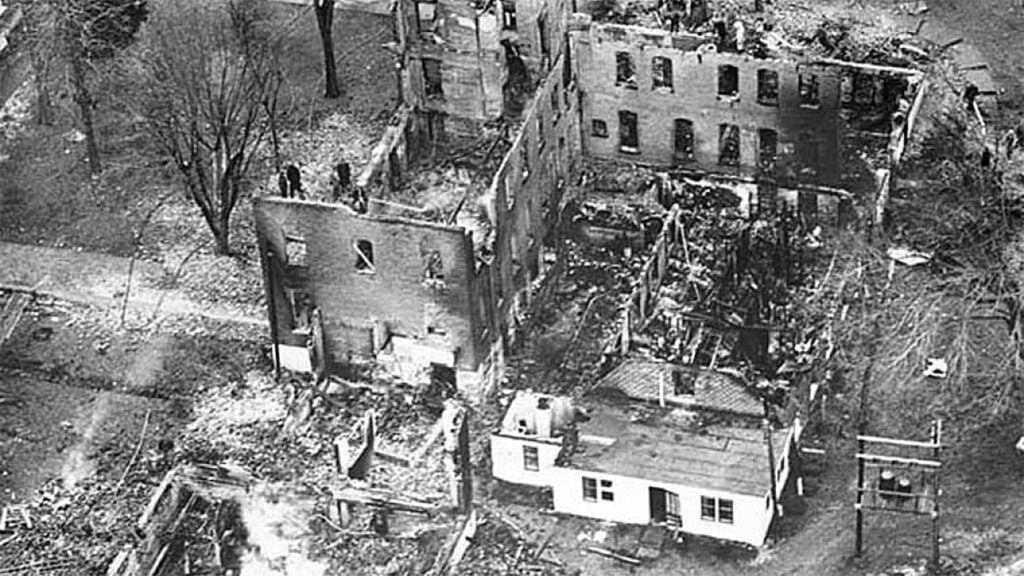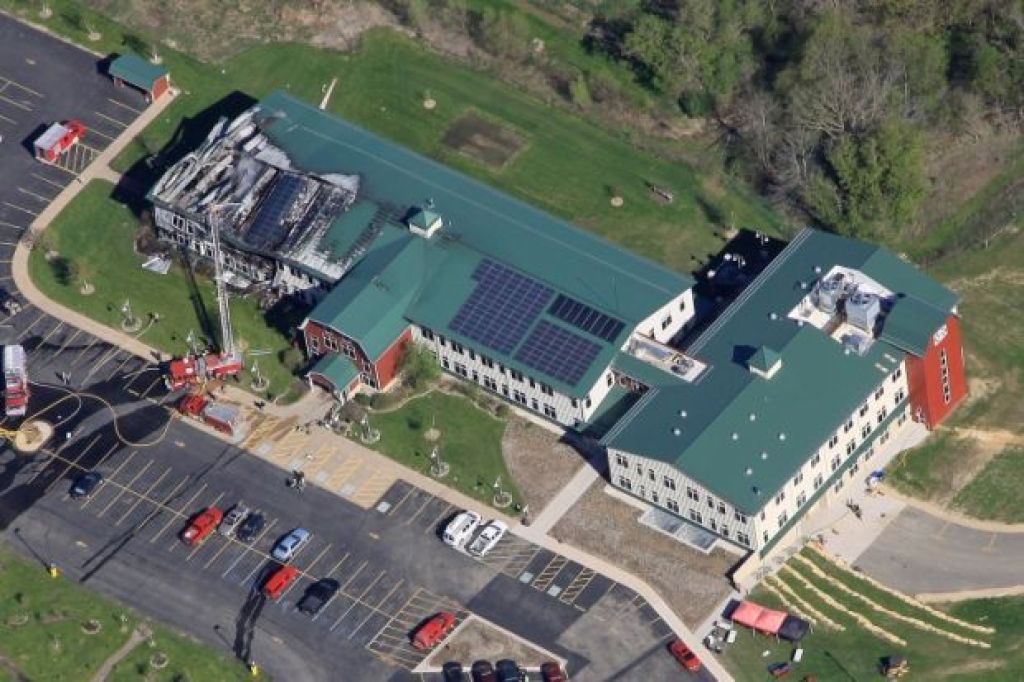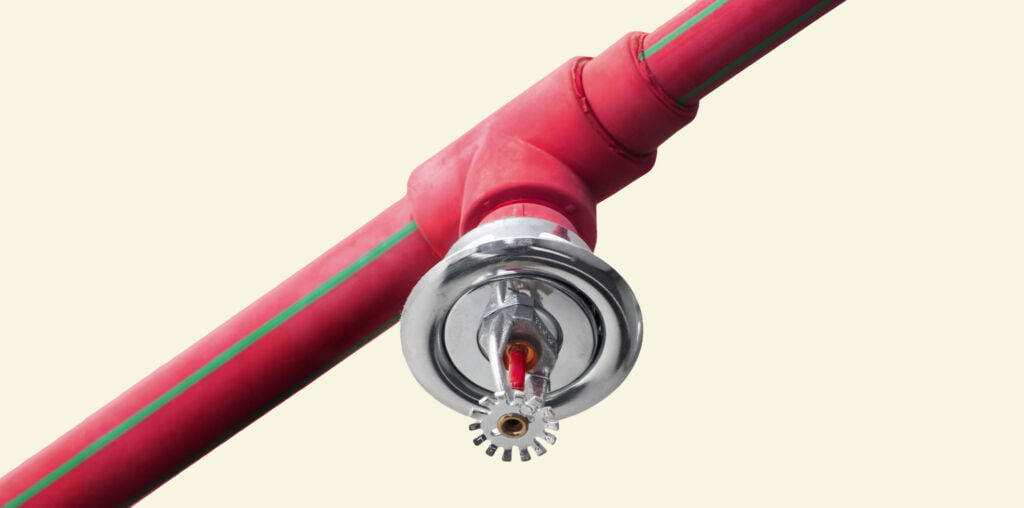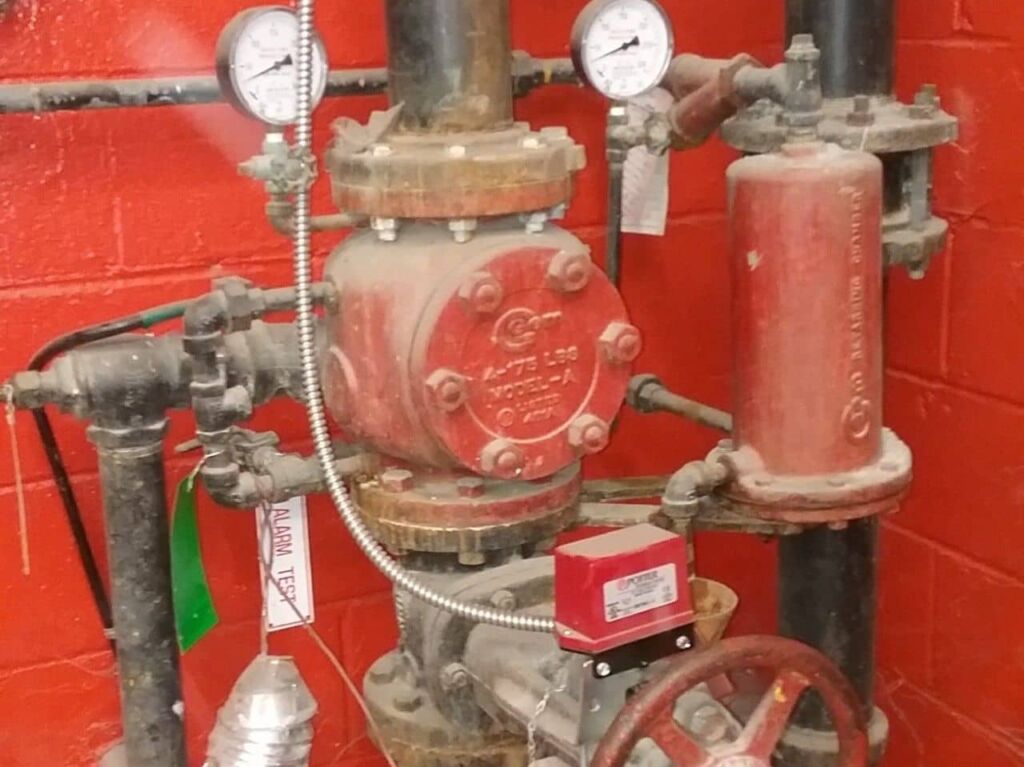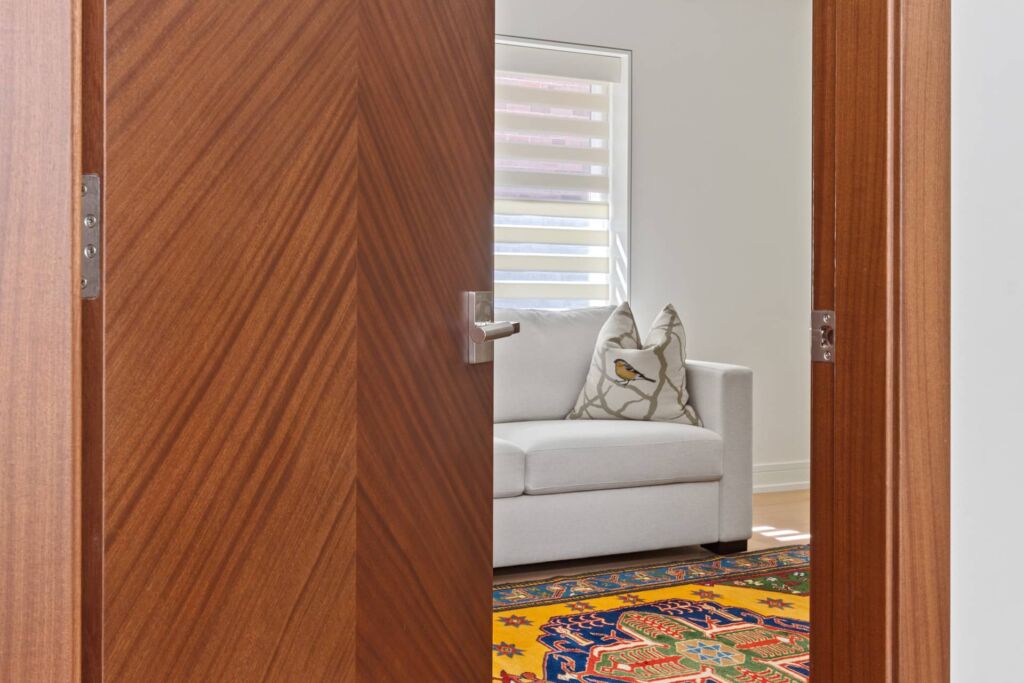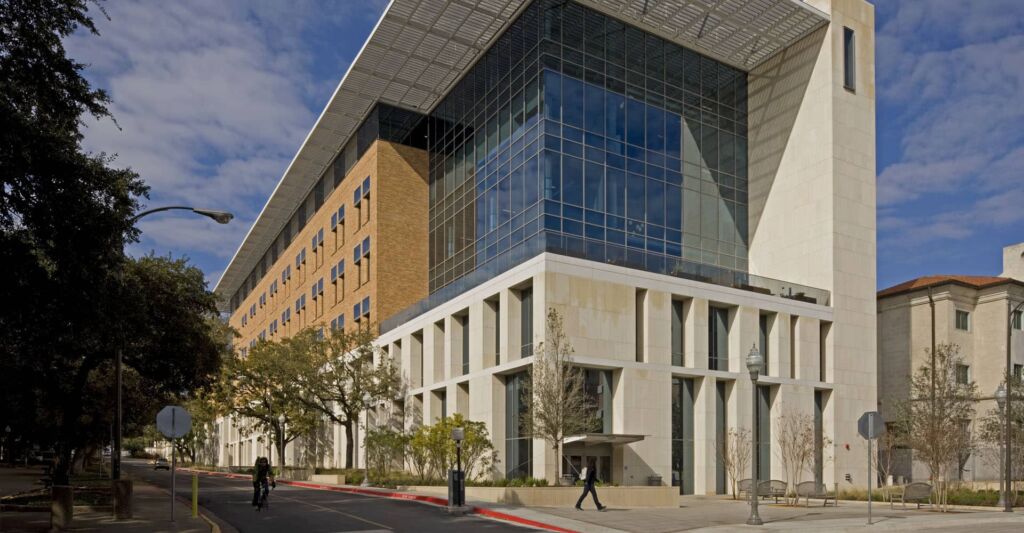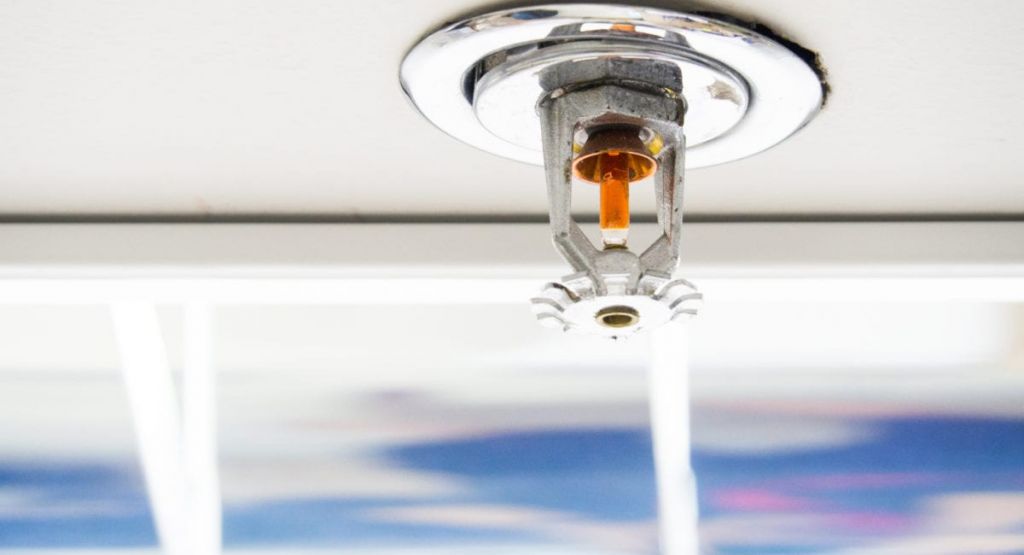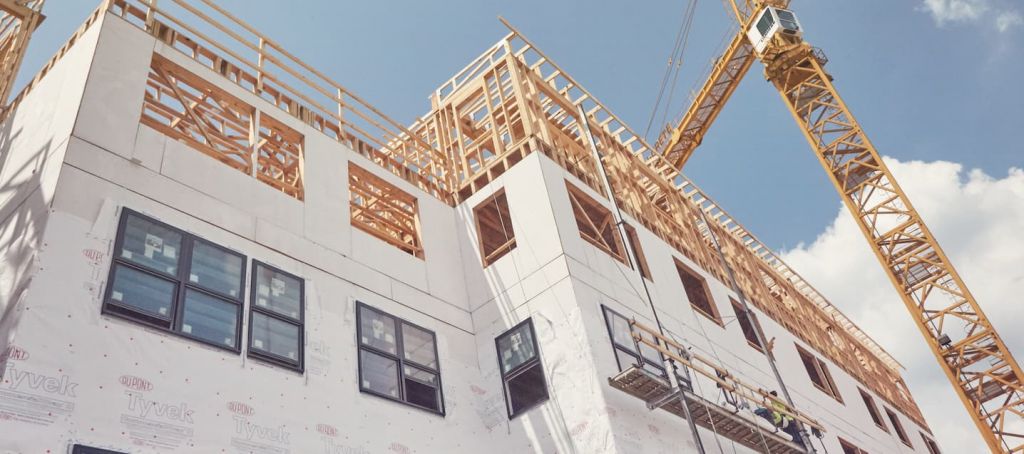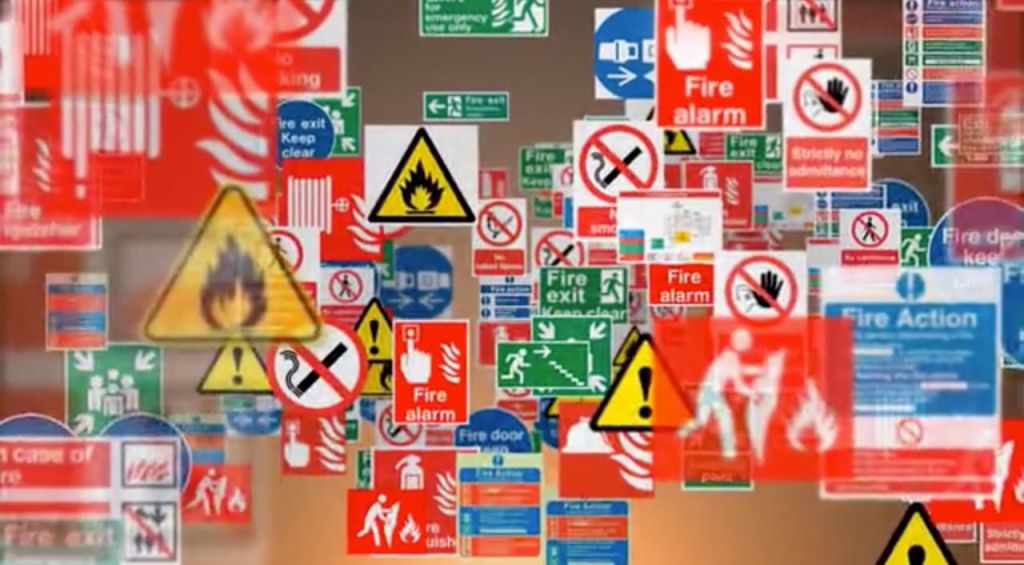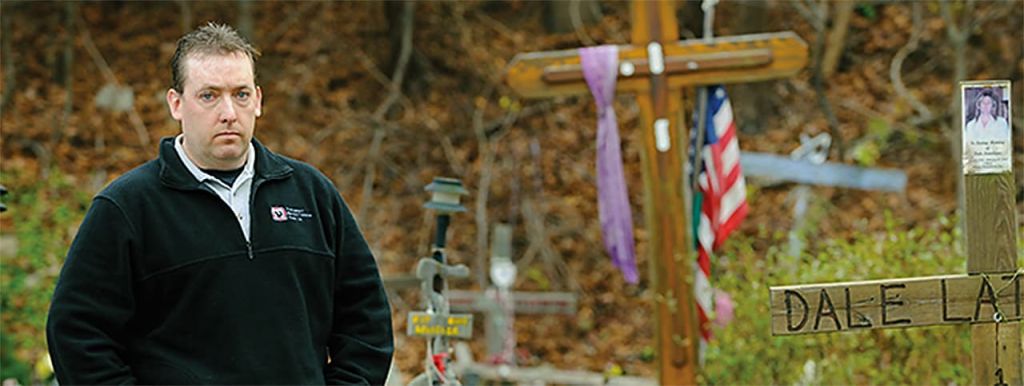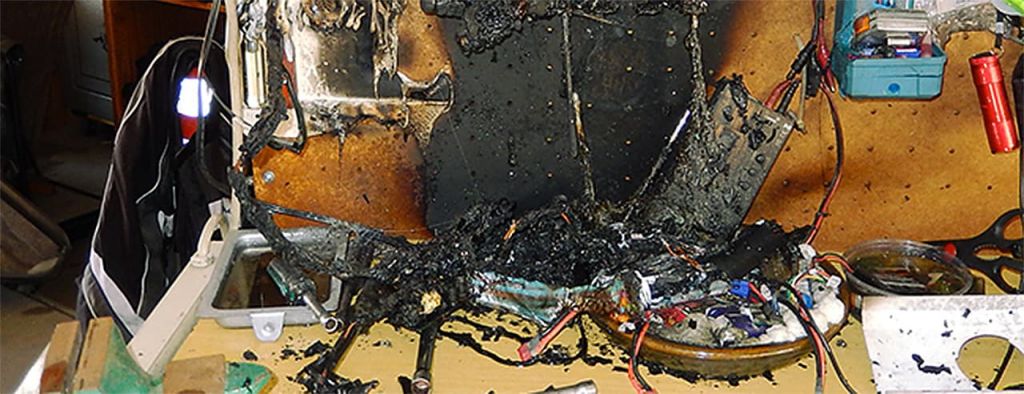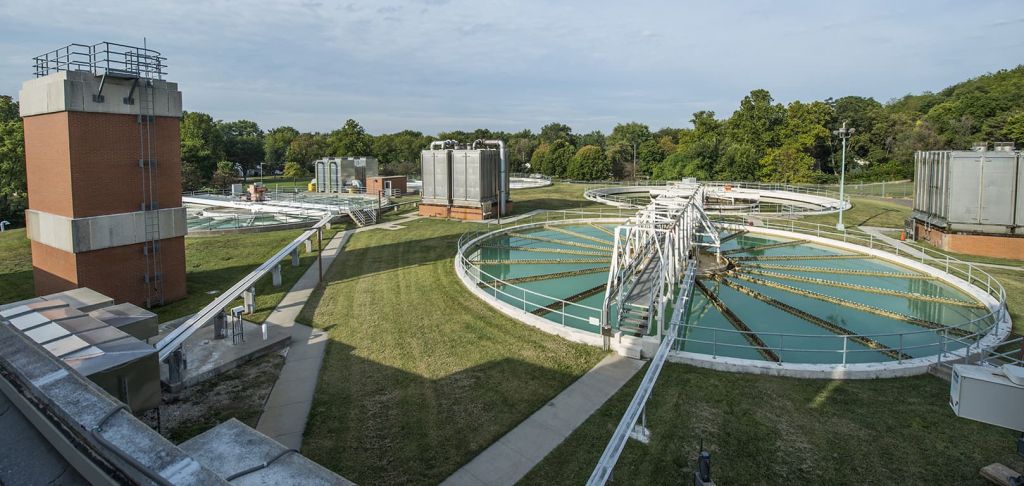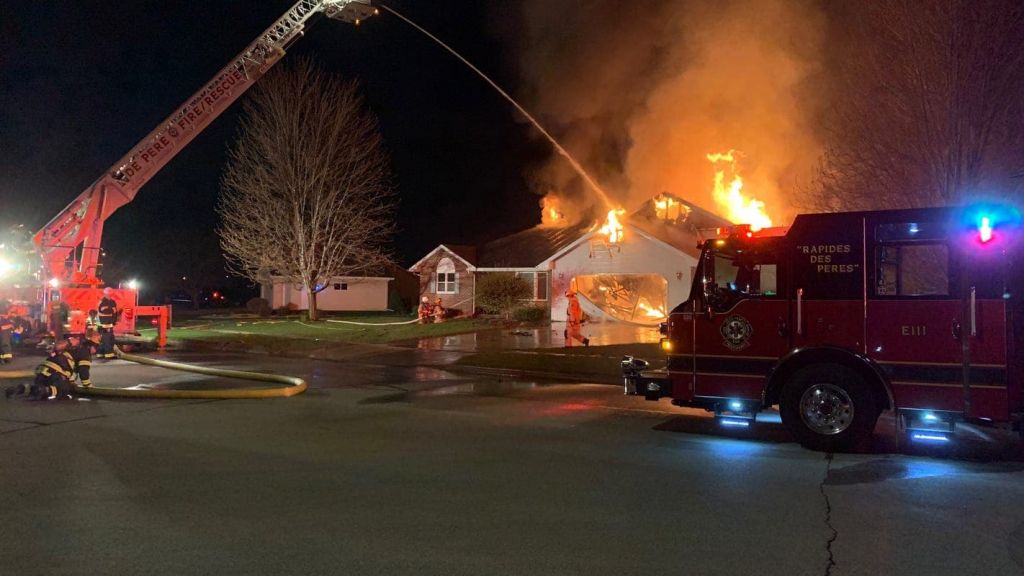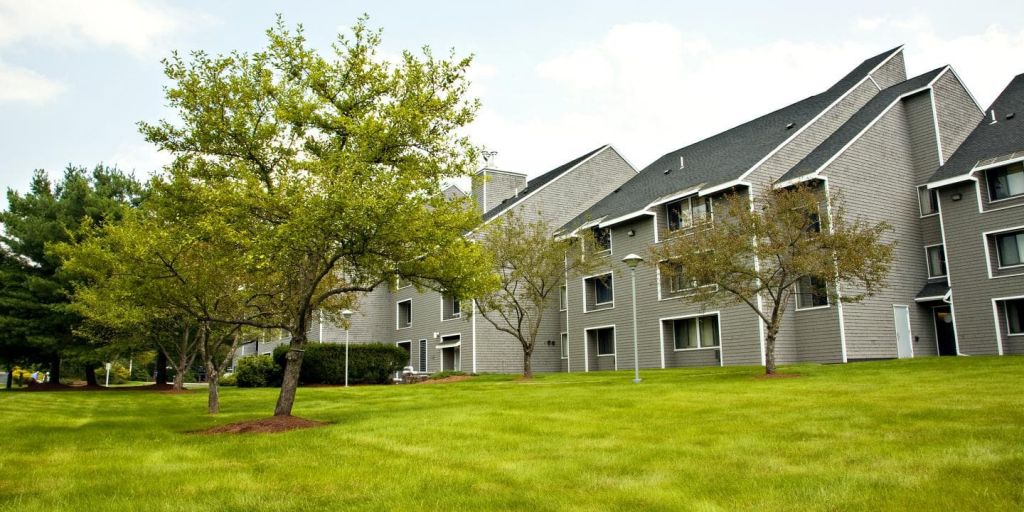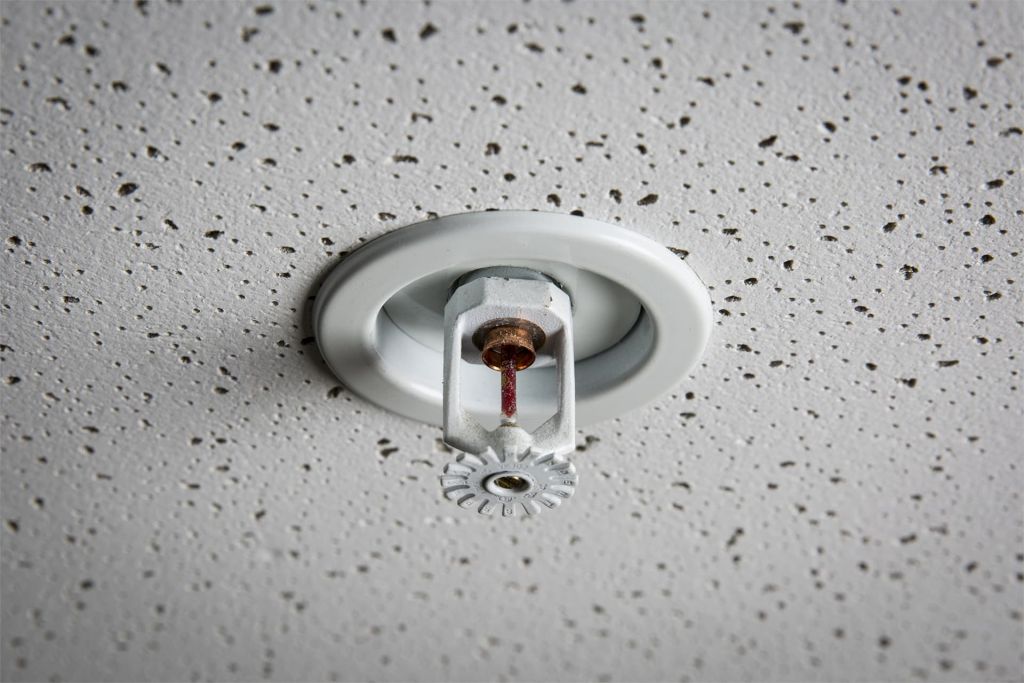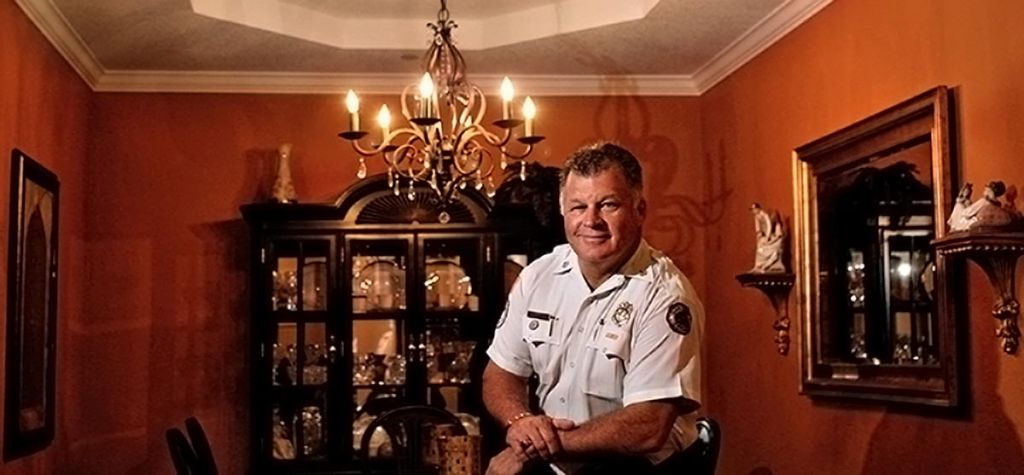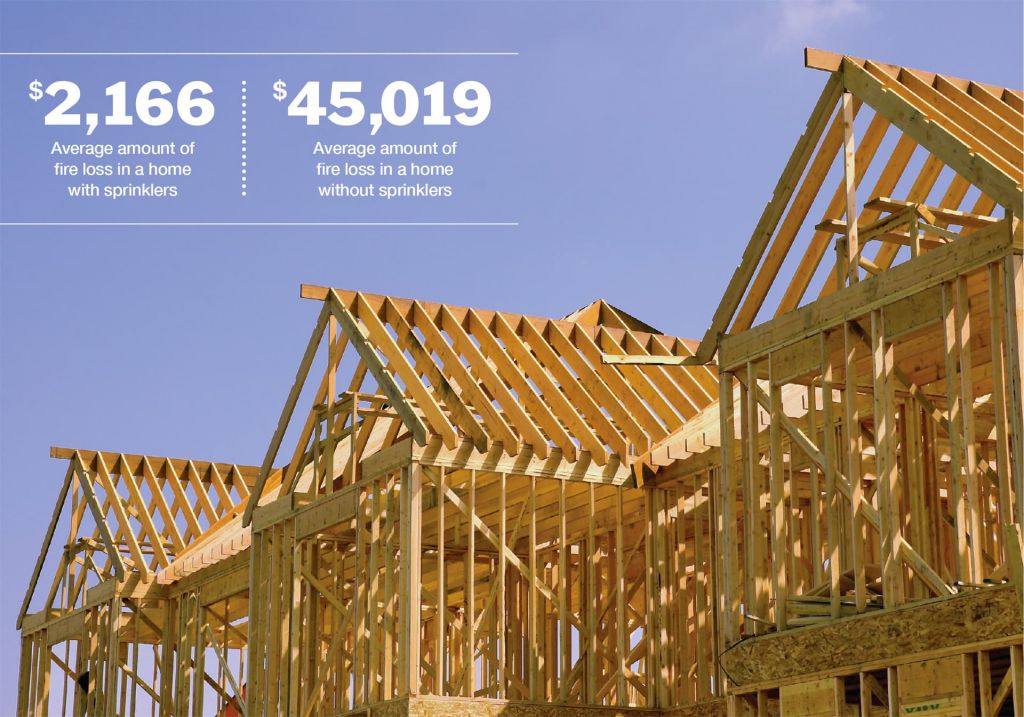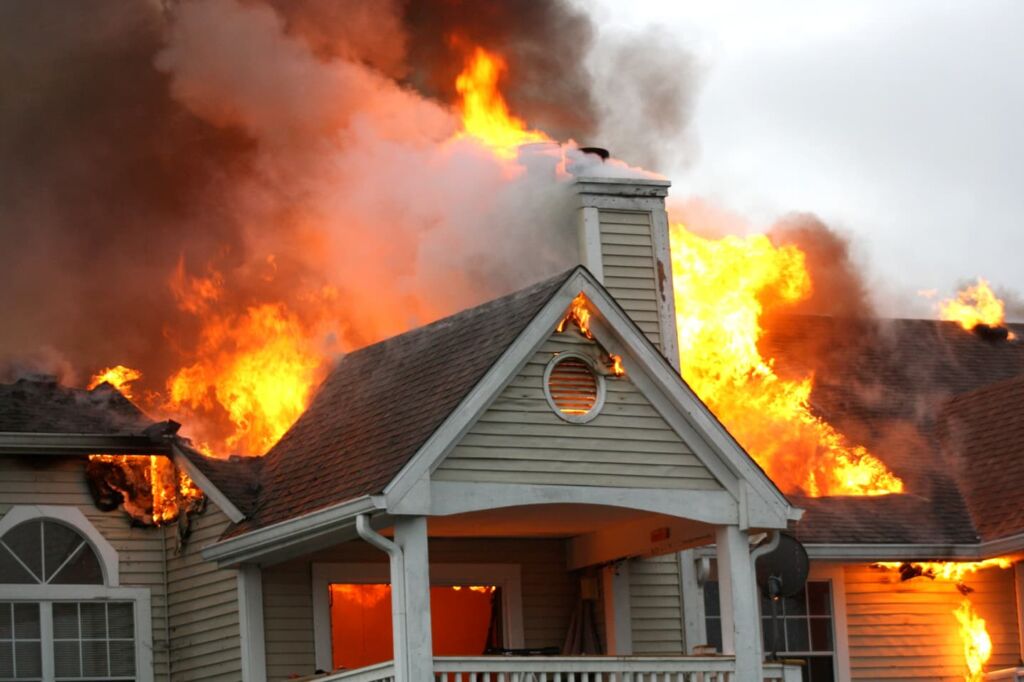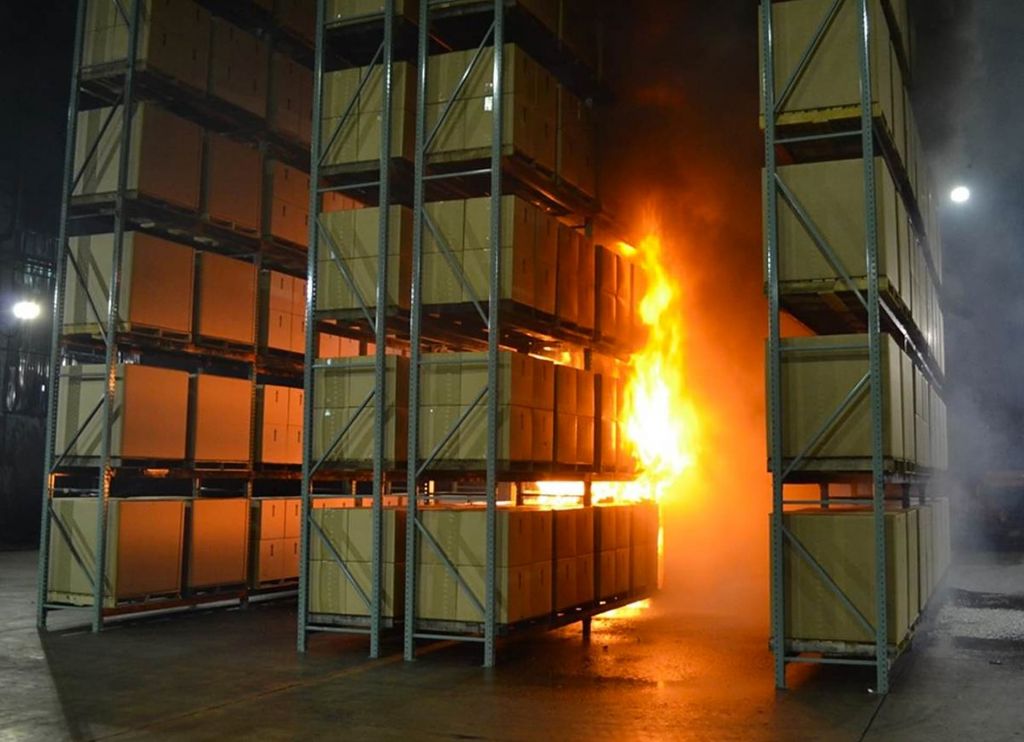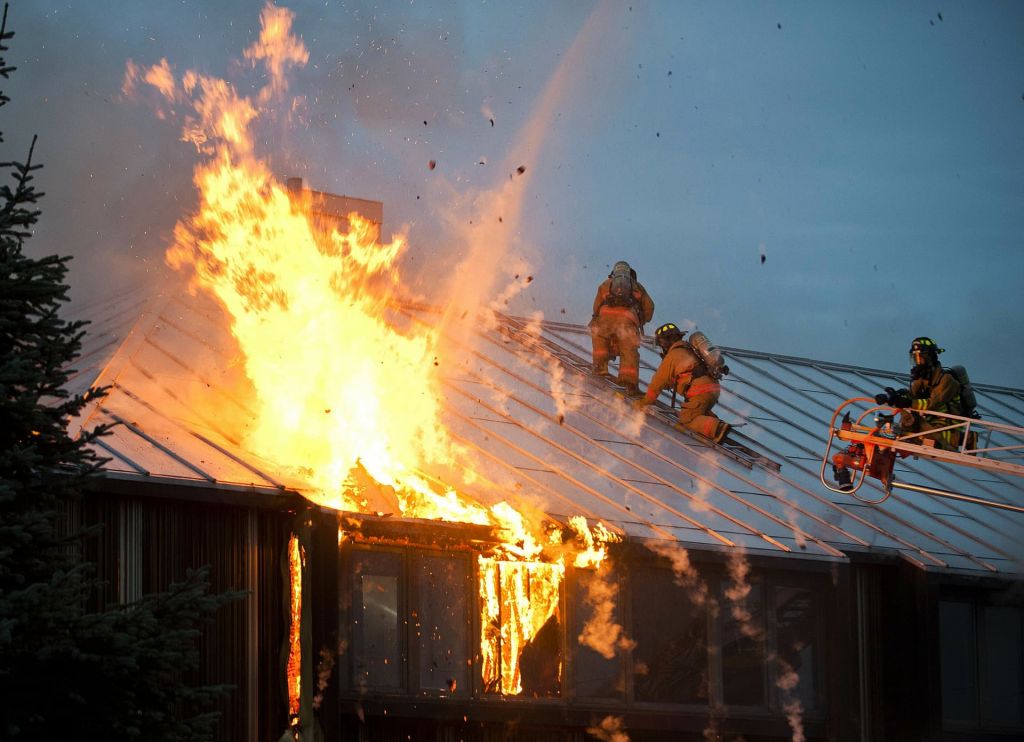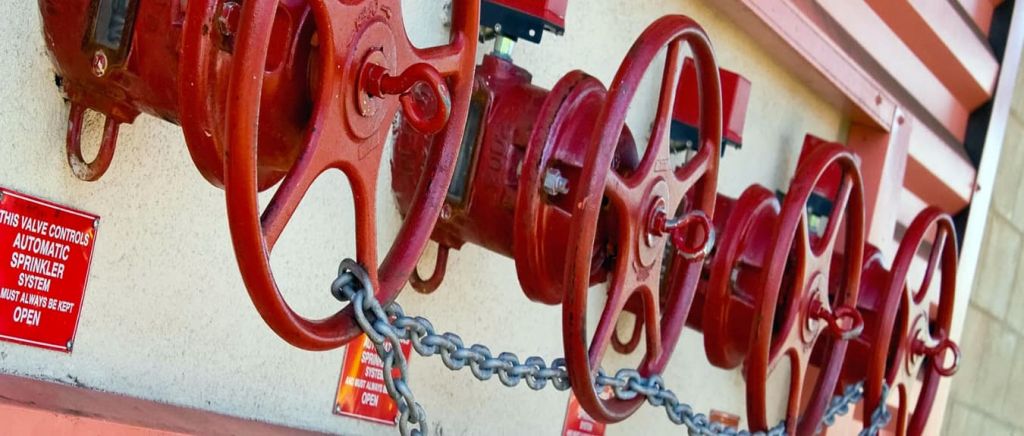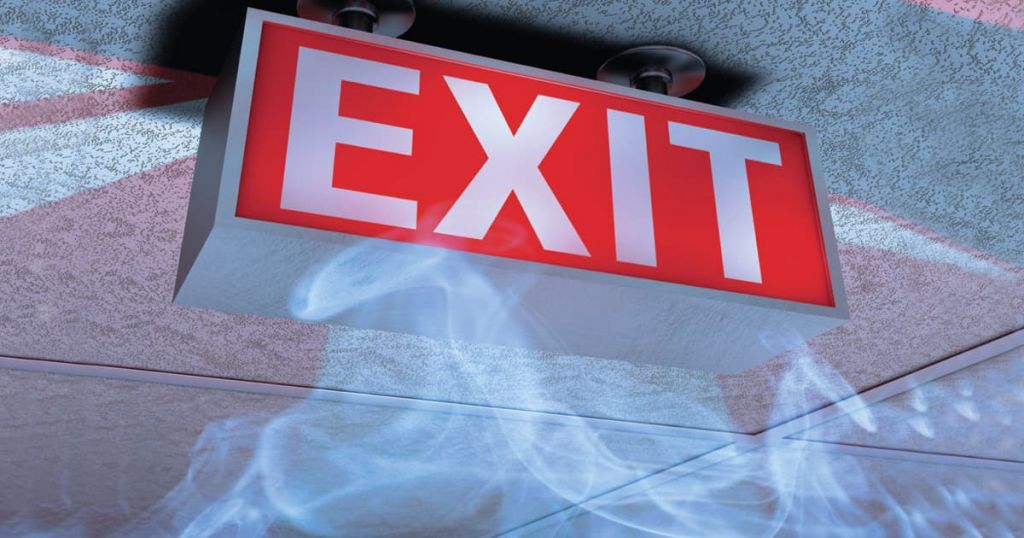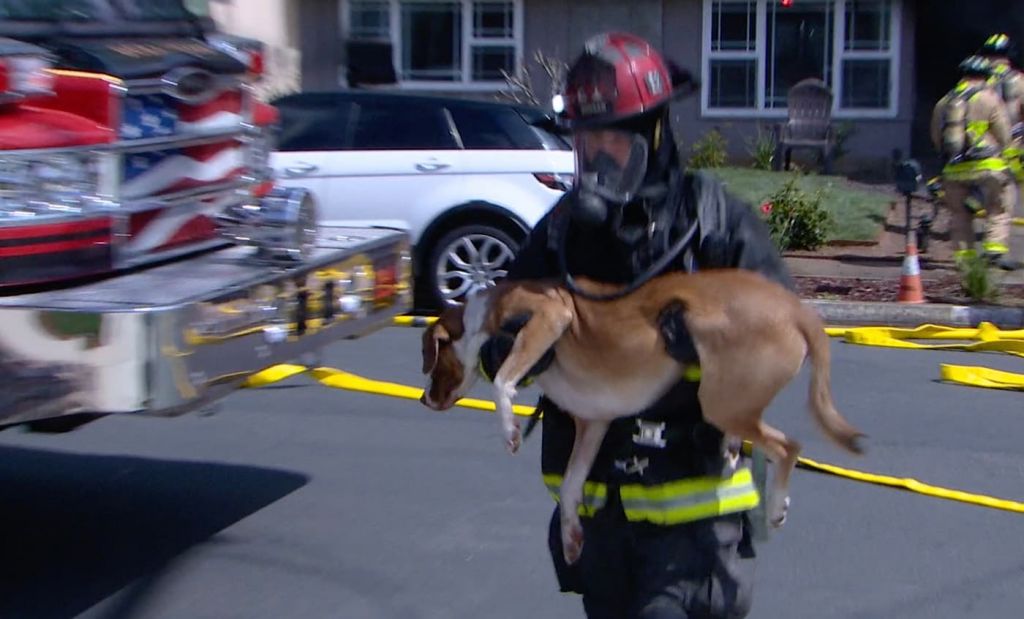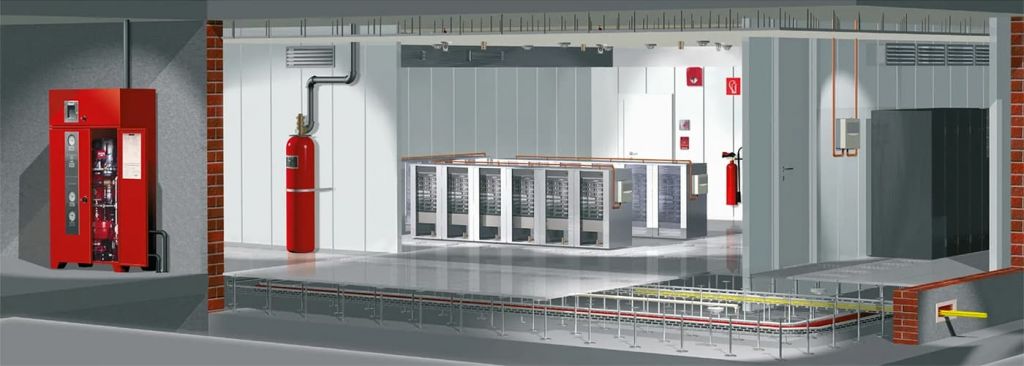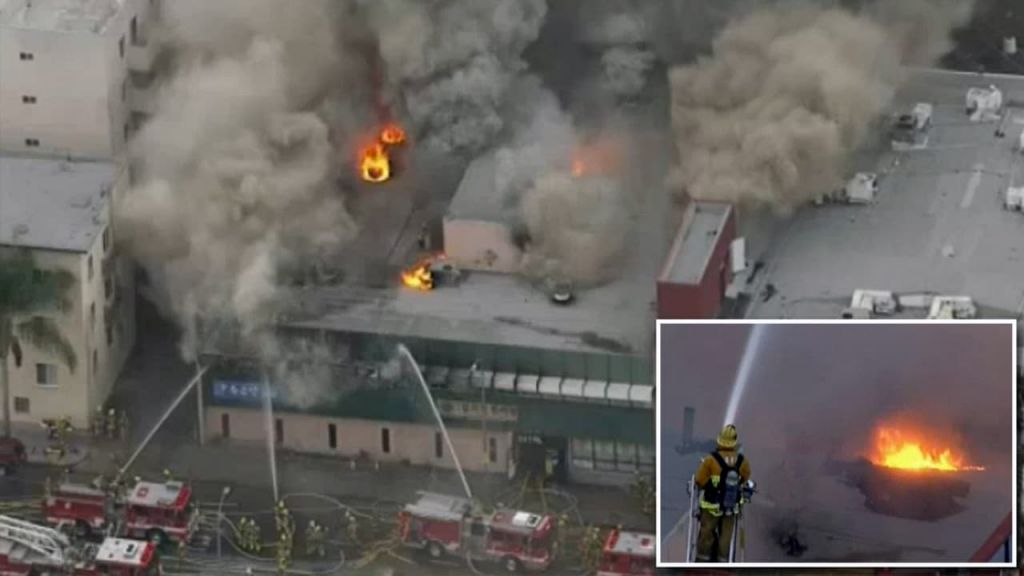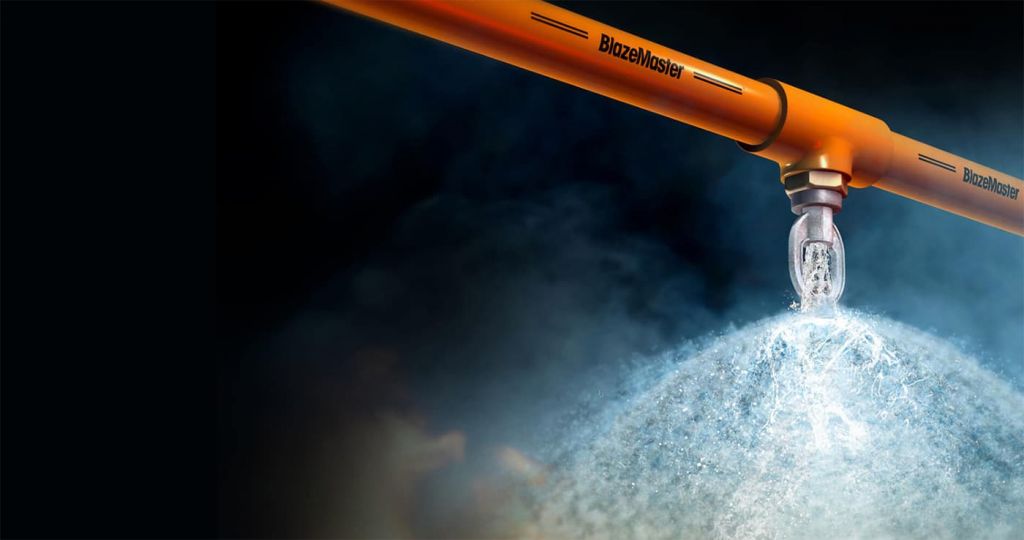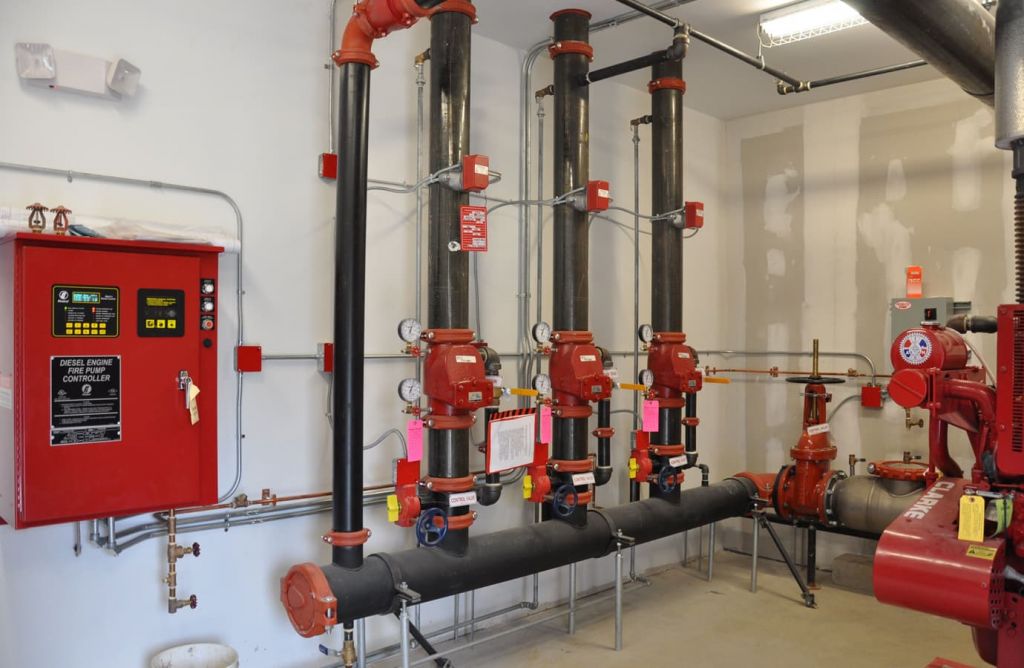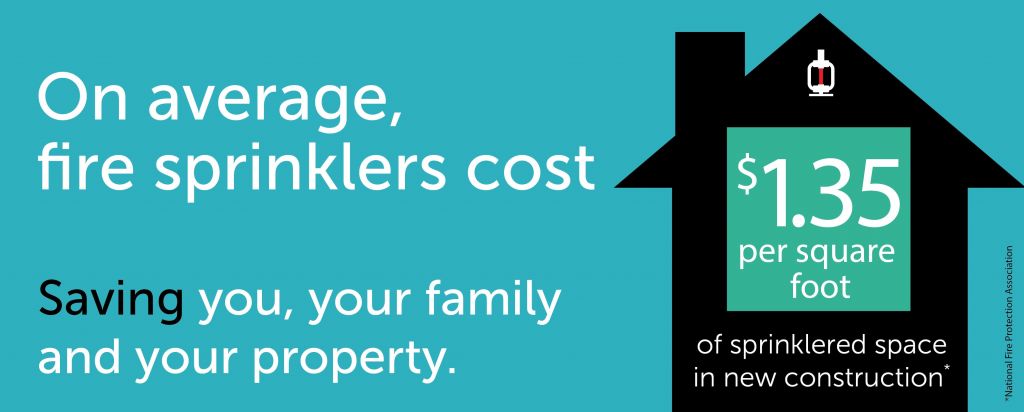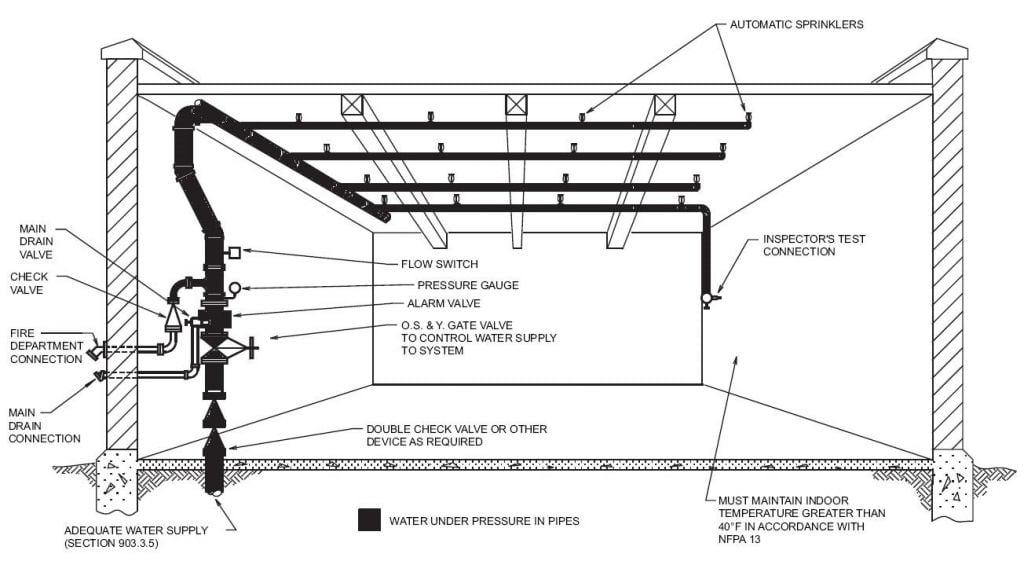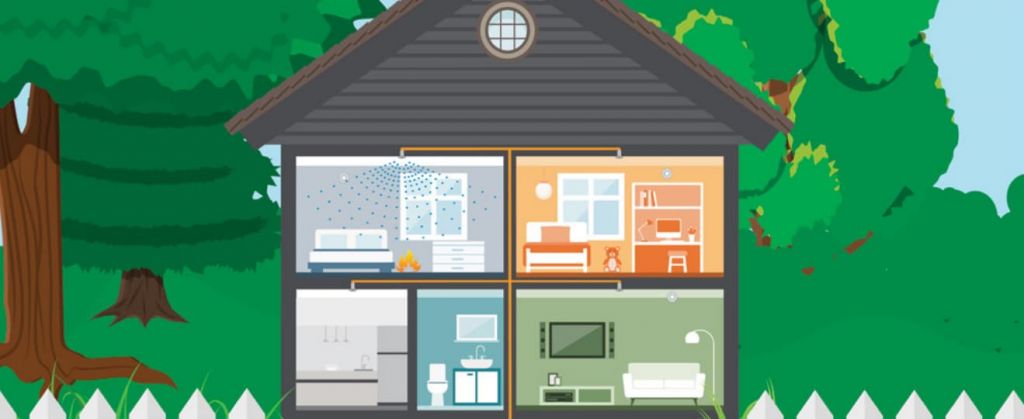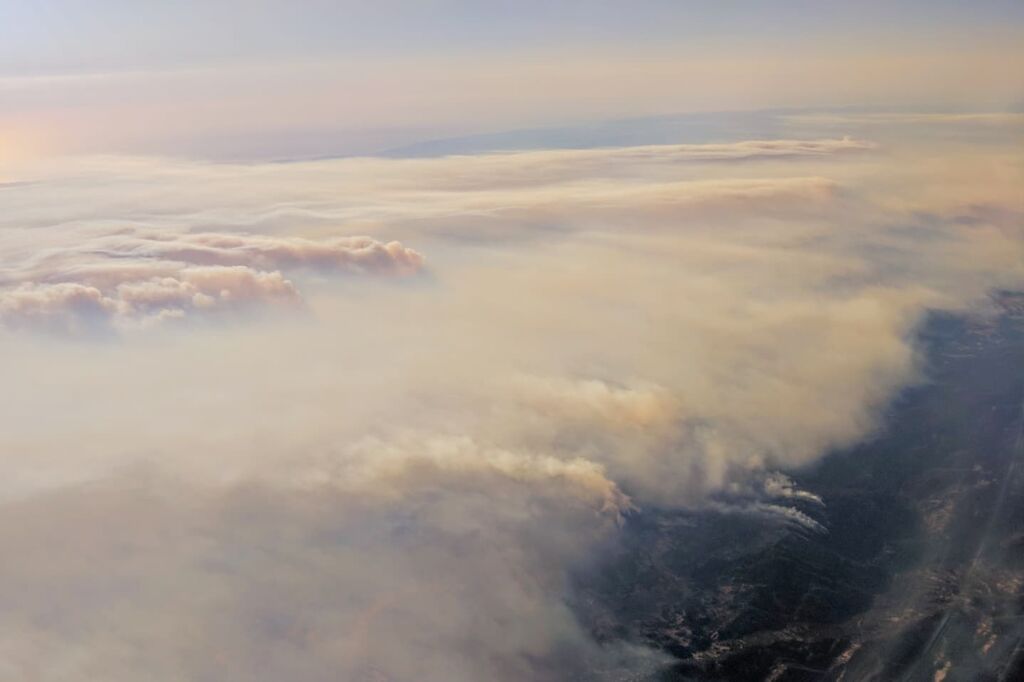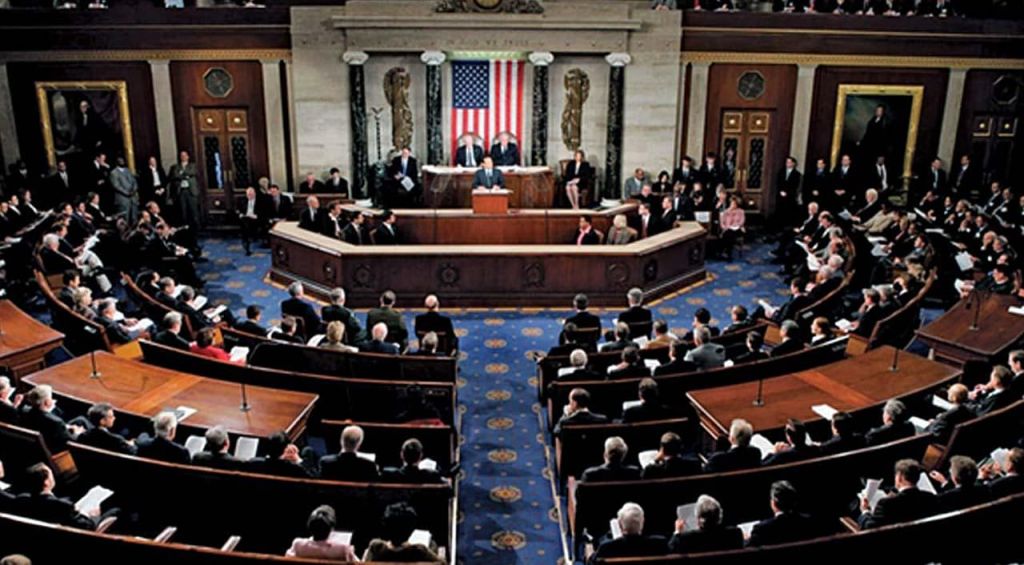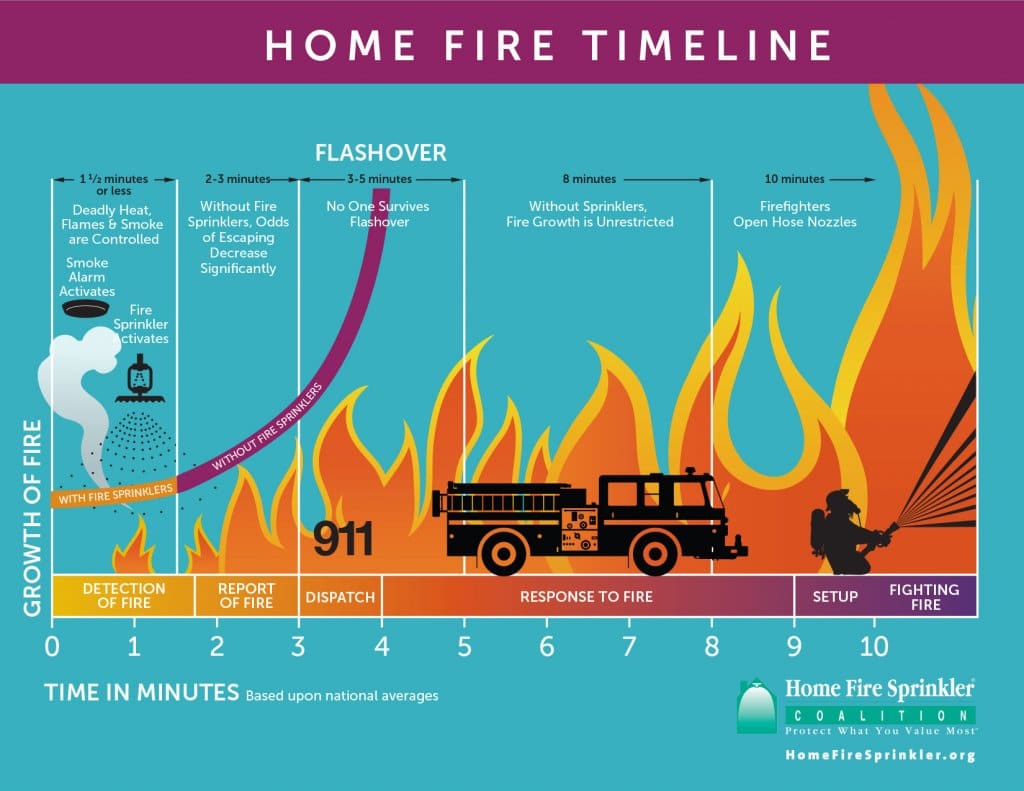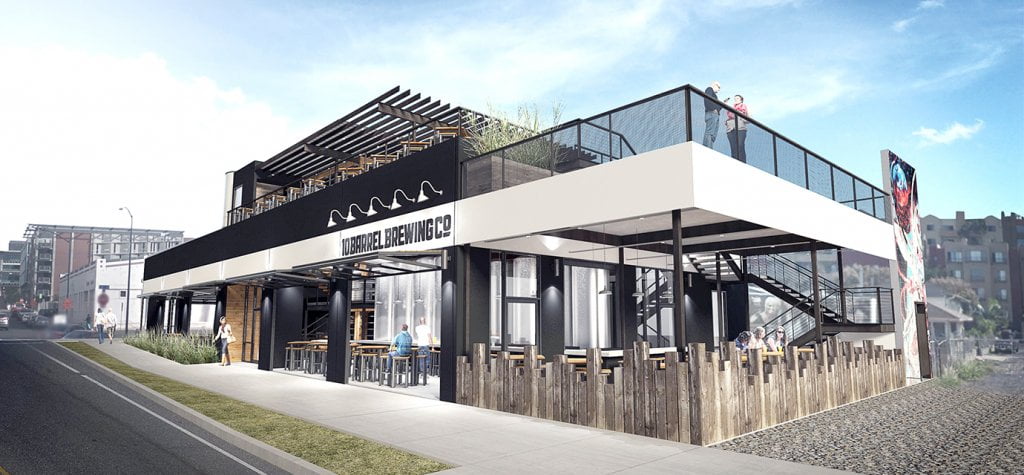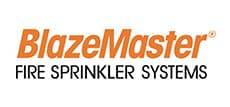Precision Fire Protection News
Modifications To Existing Fire Sprinkler Systems
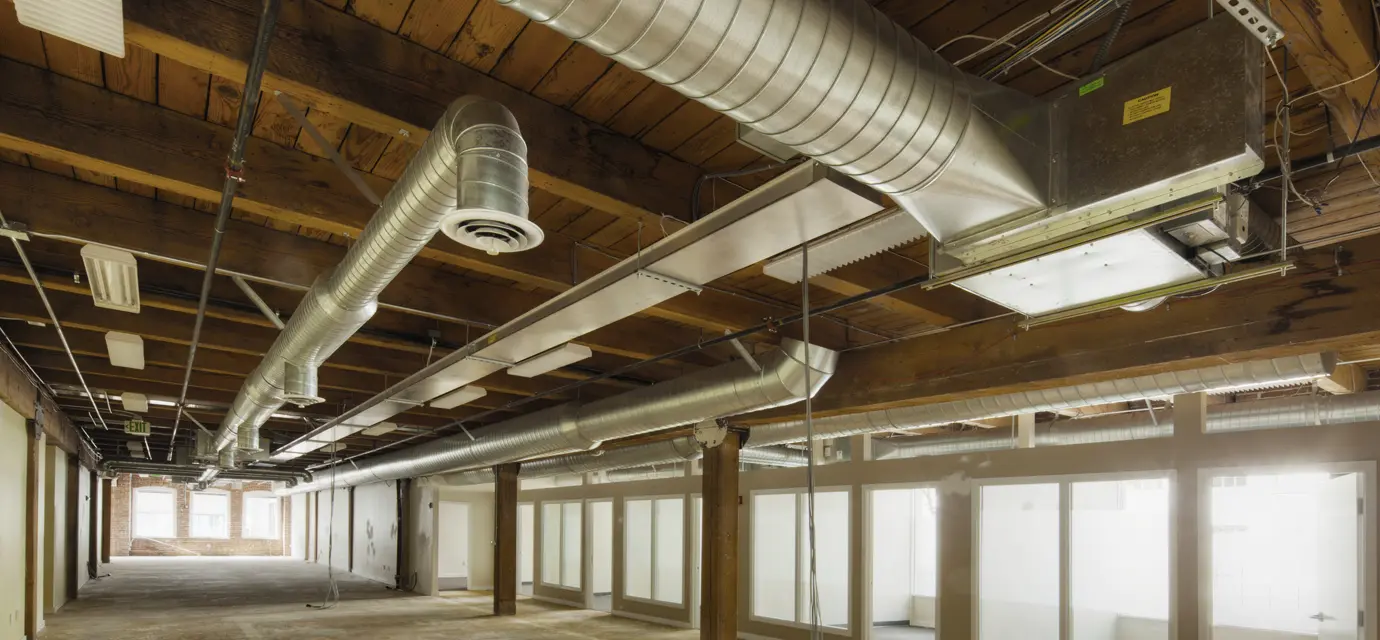
When a building is undergoing a renovation or a remodel of its space the removal or addition of walls, partitions, and ceilings can negatively impact the effectiveness of the originally designed sprinkler system.
With many businesses rethinking how their office spaces will be utilized post-pandemic, a significant number will likely undergo renovations or redesigns. Add this to regular tenant fit outs, including shell space in newly constructed buildings, and there are sure to be thousands of existing sprinkler systems requiring modifications to adequately protect redesigned spaces. This often raises the question as to what extent the sprinkler system must be brought up to date with the latest standard, whether the system needs to be recalculated, and how extensive the testing of the modified system must be. Fortunately, the 2019 edition of NFPA 13 dedicated a chapter to the requirements for these instances for the first time and that information will carry over to the soon-to-be-issued 2022 edition.
Change of use/occupancy
For the purpose of this discussion, we will focus on situations where the use or occupancy classification of the space is not being changed. Where that is the case a more complex analysis is likely required to determine the impact of changes to design densities, areas of operation, and several other possible changes. NFPA 25, Standard for the Inspection, Testing, and Maintenance of Water-Based Fire Protection Systems places responsibility on the owner for ensuring an evaluation be conducted in these instances, many of which go beyond the reconfiguration of office space where the space protected is likely to remain a light hazard occupancy.
General
When a building is undergoing a renovation or a remodel of its space the removal or addition of walls, partitions, and ceilings can negatively impact the effectiveness of the originally designed sprinkler system. In these instances, numerous sprinklers must often be relocated or added in order to appropriately protect the reconfigured space.
This does not necessarily mean that the entire system must be reevaluated to ensure complete compliance with the latest edition of the standards. In fact, portions of the existing system that are not subject to the modifications can be considered previously approved under the retroactivity clause of NFPA 13, Standard for the Installation of Sprinkler Systems and do not need to be evaluated. Whenever additions or modifications are made to an existing system, enough of the existing system must be indicated on the plans to make all conditions clear for the AHJ to evaluate. This means that one of the first steps taken in these instances should be to gather as much of the existing plans and calculations, as is available. A more complex analysis might be required for the entire system if the original design basis cannot be confirmed.
Hydraulic calculations
While some have argued that minor modifications should not impact the system demand significantly enough to require calculations, NFPA 13 does require calculations be provided to verify that the system design flow rate will be achieved. Previous editions of the standard included an annex note indicating that it was not the intent to require a full hydraulic analysis of the existing sprinkler system, in addition to the new sprinkler layout. This note has been removed in recent editions. This still does not necessarily require a full set of hydraulic calculations particularly if the modifications are made in a part of the system that is not the most hydraulically demanding. In this case the modified portion of the system can be hydraulically calculated back to the branch line or riser to the point where original calculations are used to show that the design flow rate can be met. This is not entirely clear in reading the standard especially without the previous annex note to point to so it is certainly worth checking with the local AHJ to determine what they will accept for these instances.
Hydrostatic testing
Newly installed sprinkler systems must be hydrostatically tested to check for leaks at a pressure of at least 200 psi (14 bar) for a period of at least 2 hours. When existing systems are modified such that the work affects less than 20 sprinklers, the system only requires testing at the system working pressure. Where the modification affects more than 20 sprinklers, that portion of the system must be isolated and tested at 200 psi (14 bar) for 2 hours. If the new work cannot be isolated, the testing can be done at system working pressure even if the modifications involved more than 20 sprinklers. In general, existing portions of the system do not need to be subjected to a new hydrostatic test.
Striking a balance
Many buildings are routinely undergoing changes that can impact the fire sprinkler system and require modification of the system to adequately protect the space as it evolves. The provisions for existing system modifications in NFPA 13 are intended to ensure that the space has adequate coverage, the system demand can still be met, and the workmanship ofthe job has been completed well enough. This is meant to strike the appropriate balance between ensuring that the changes are not simply ignored, not throwing the entire latest standard out, and saying everything must be brought up to those requirements.
SOURCE: NFPA
PEOPLE We Protect
Our Distributors and Suppliers
Experience
Our team started in the fire protection industry over 20 years ago. Since then we have grown into a statewide fire protection construction leader. Our team of project managers, engineers, designers, inspectors, installers, and technicians all share a passion for quality work and high standards. Precision Fire Protection understands the need to complete projects with integrity, safety, and precision!
Dedication
Our mission is to provide our customers with timely, high quality, affordable fire protection services that are guaranteed. We strive to achieve our client’s complete satisfaction. We are relentless in applying the highest ethical standards to ourselves and to our services and in communications with our customers. We aim to fulfill that mission in everything we do.
Precision
Precision Fire Protection keeps its team together, even when it's not. Just as vital as field personnel’s tools are, our project managers are equipped with the latest software to manage projects. Our project managers send dailies, RFIs, and plan revisions to the cloud so that everyone has access no matter where they are. Being connected is our way of ensuring every project goes smoothly.
Safety
Our team of multi-certified managers and supervisors are highly experienced in job safety. Our managers are OSHA certified to handle each project with care and sensitivity to every unique job site. By ensuring on-site safety on every project we work on throughout Southern California, Precision Fire Protection has developed positive relationships with our General Contractors.



